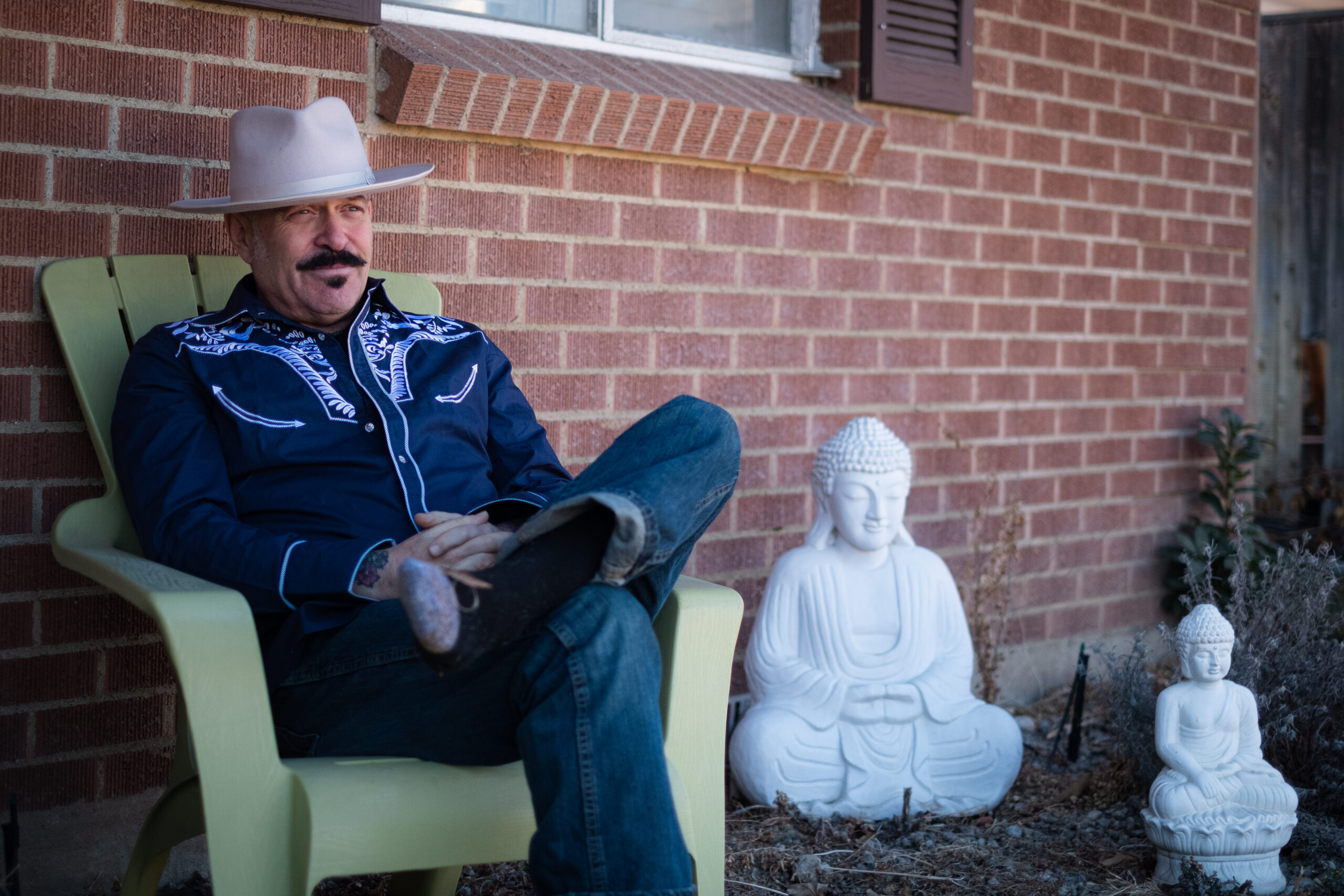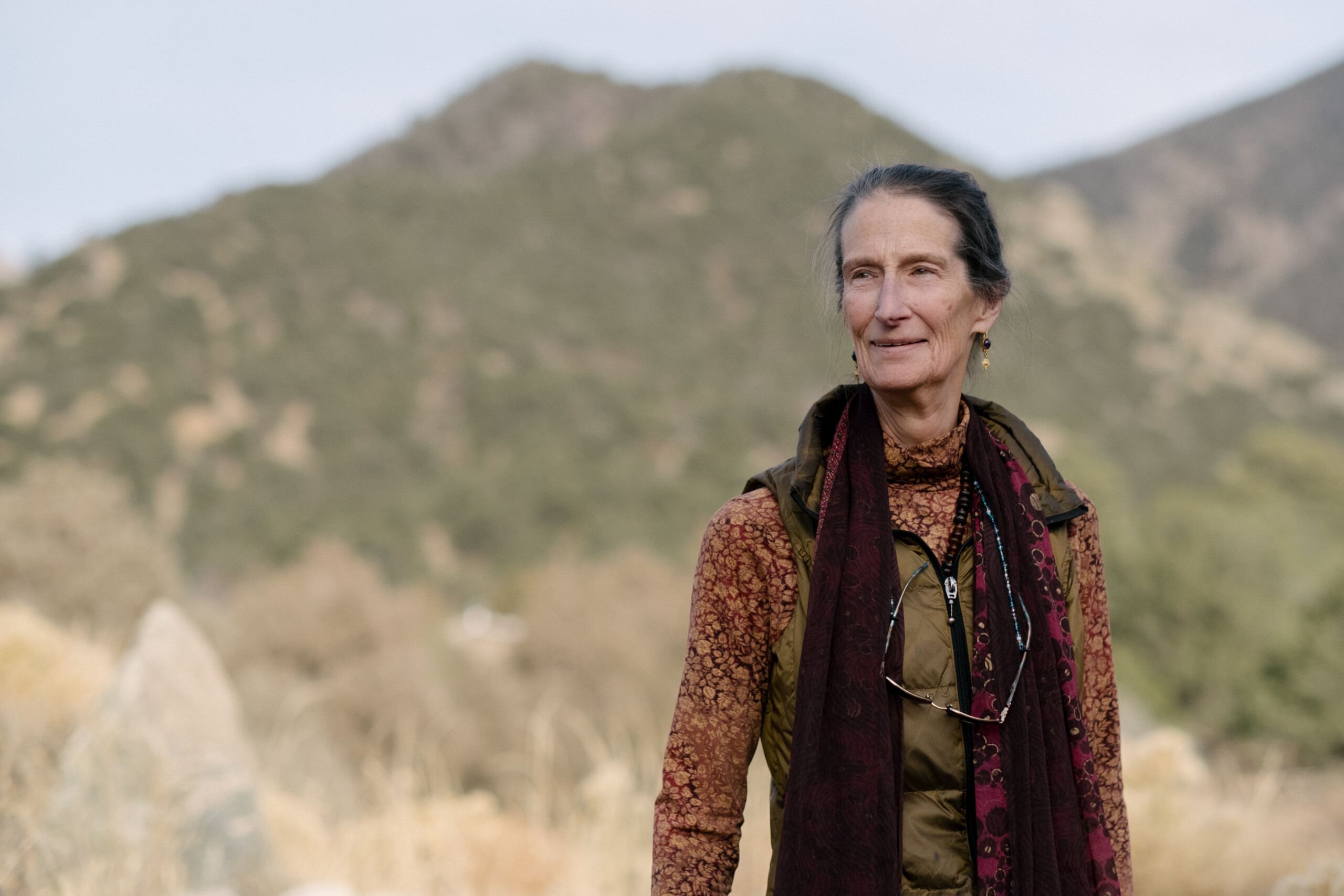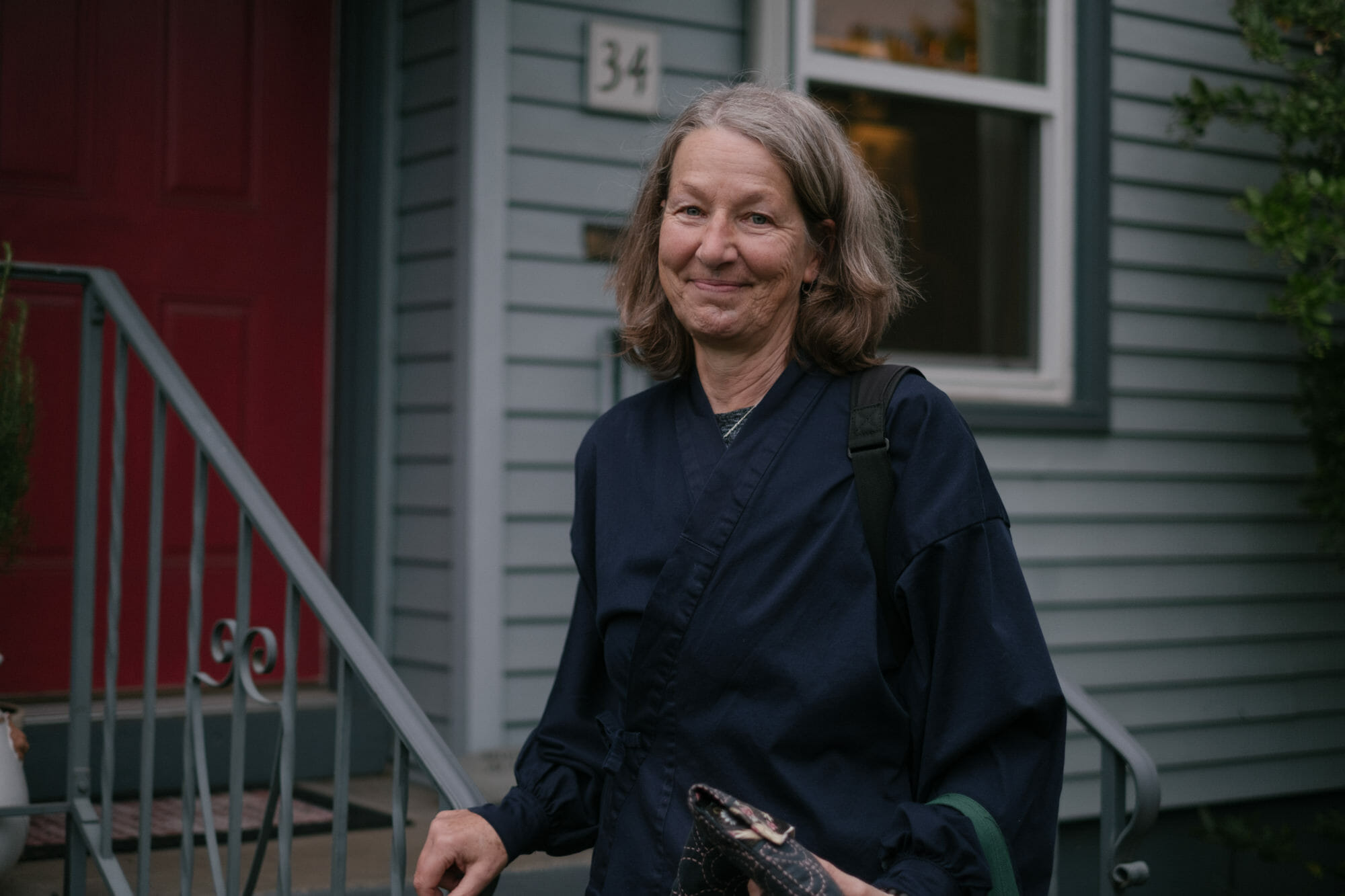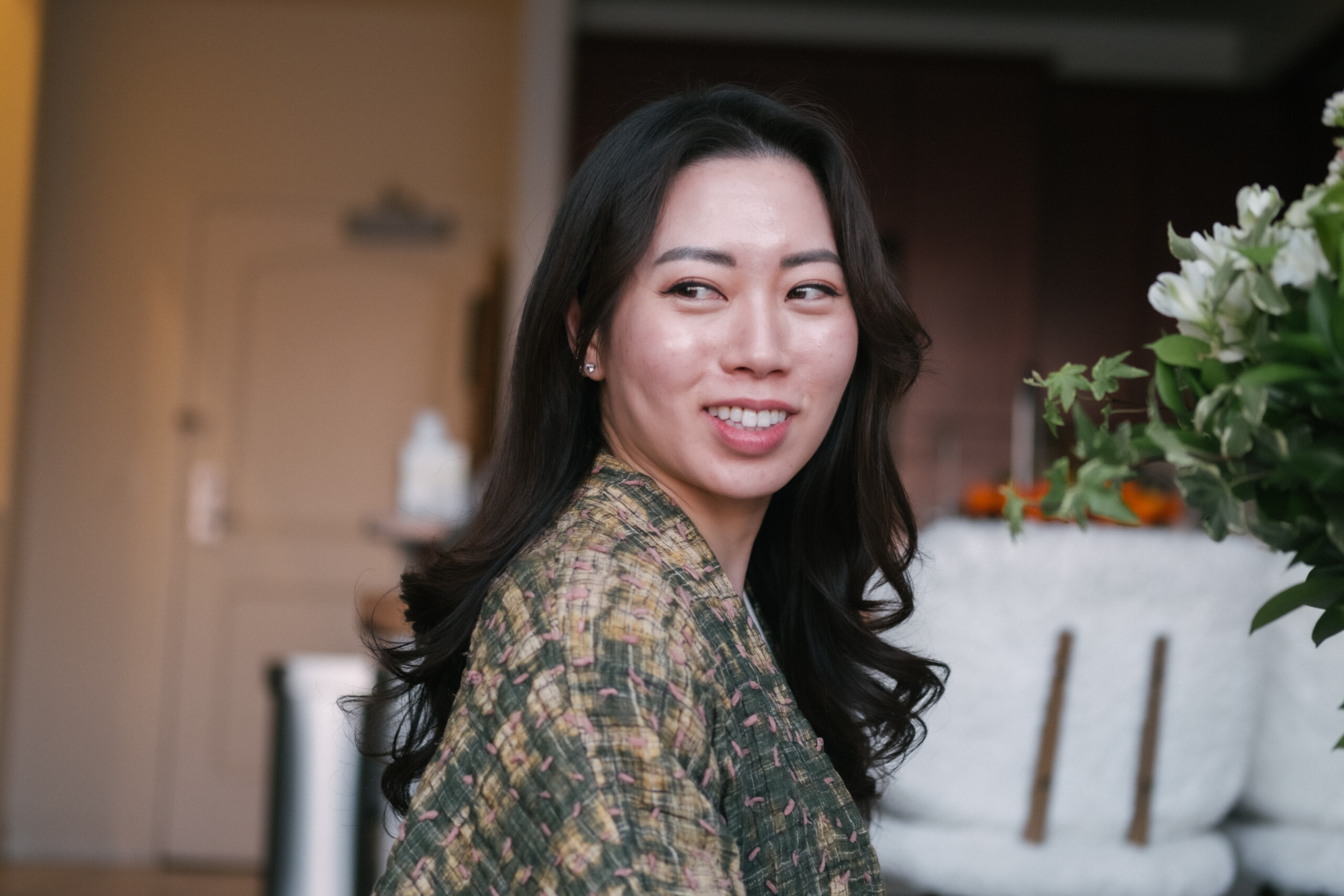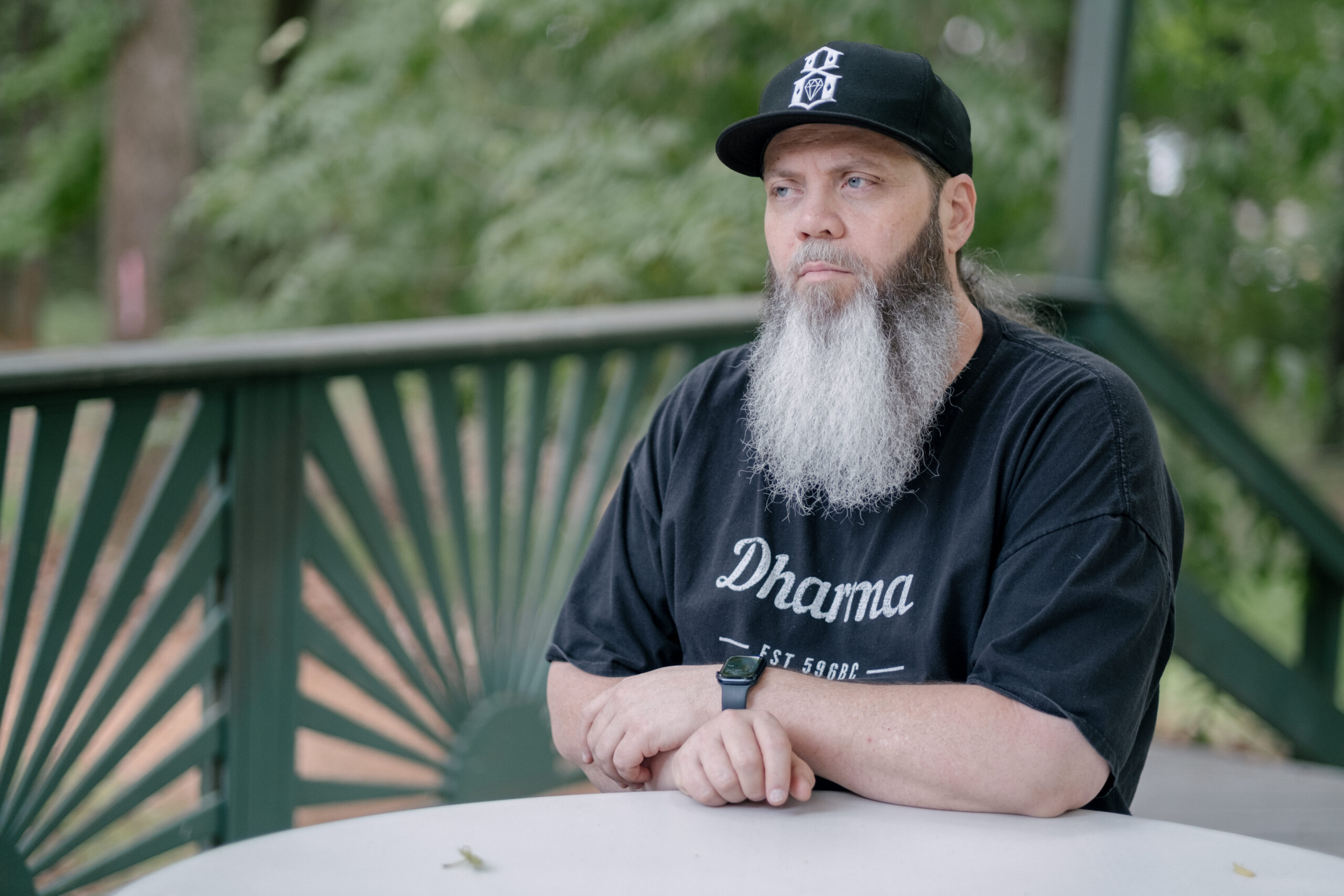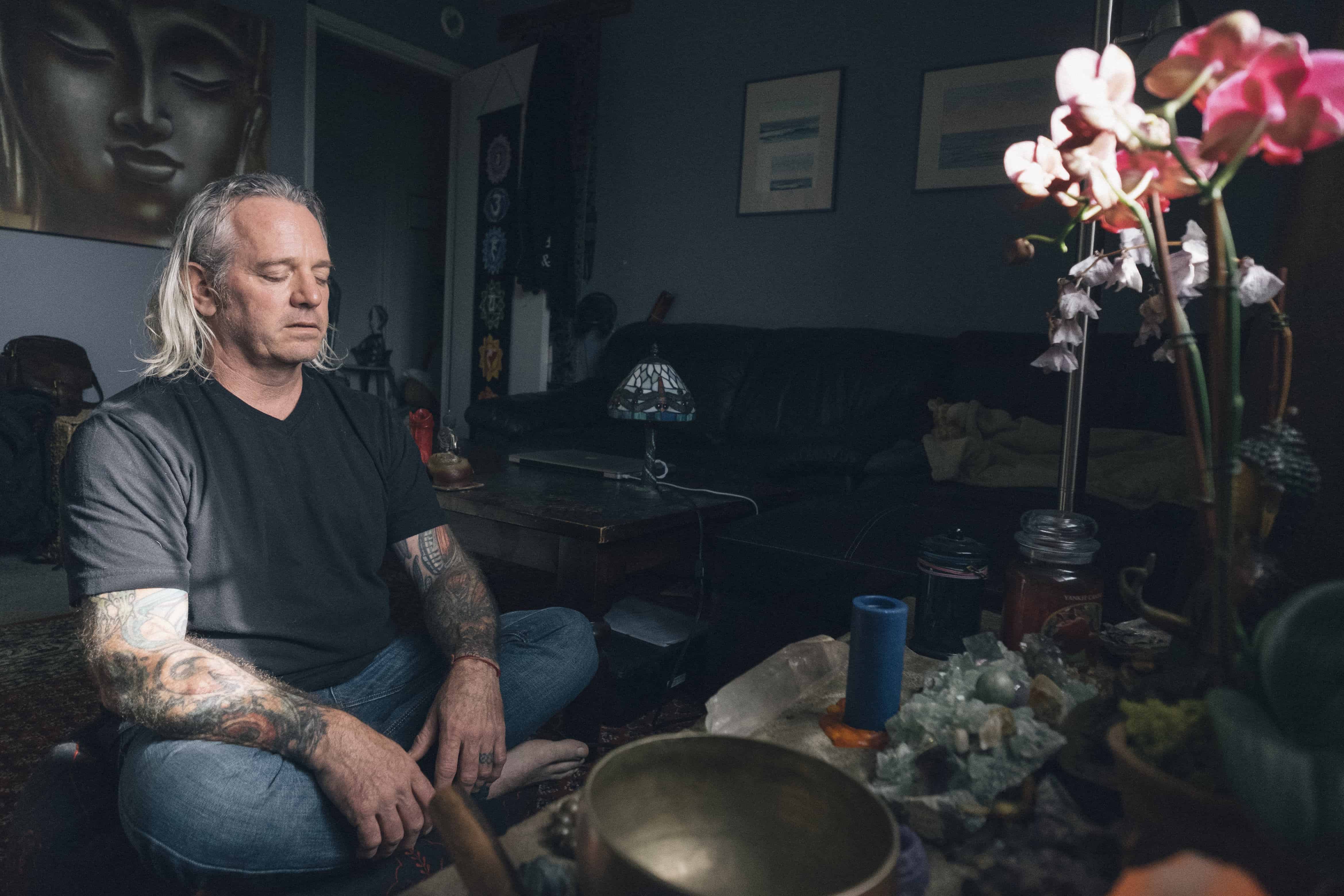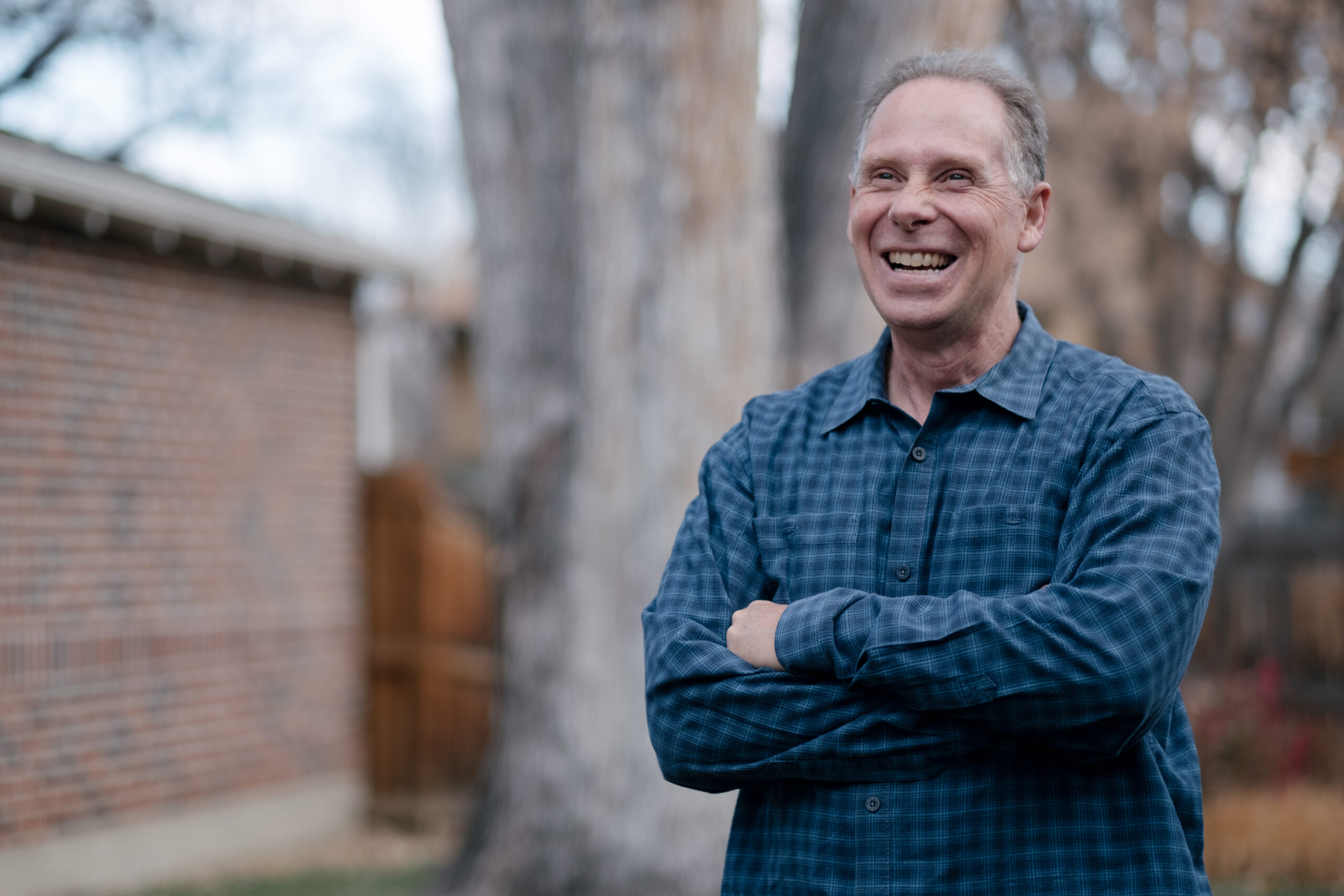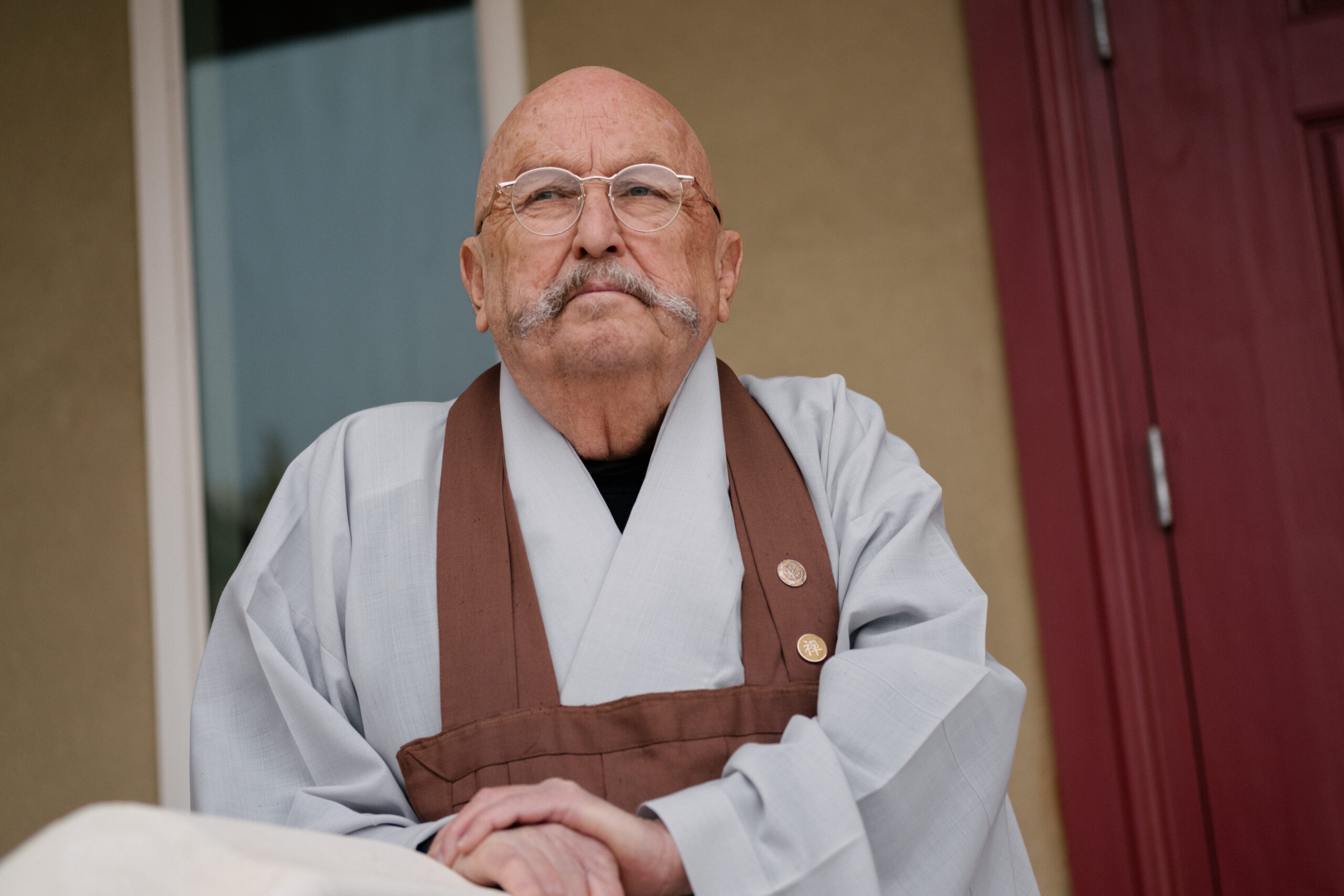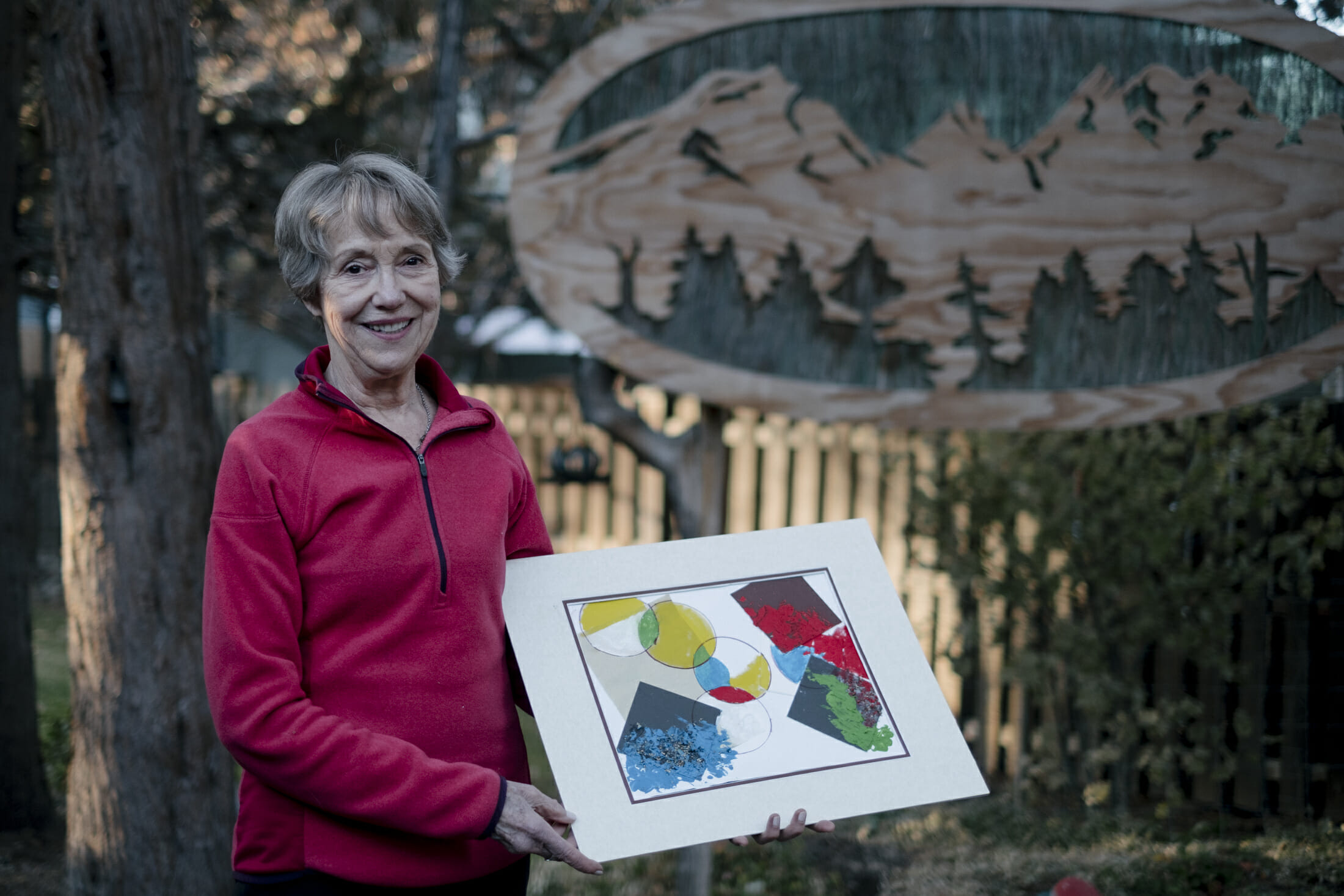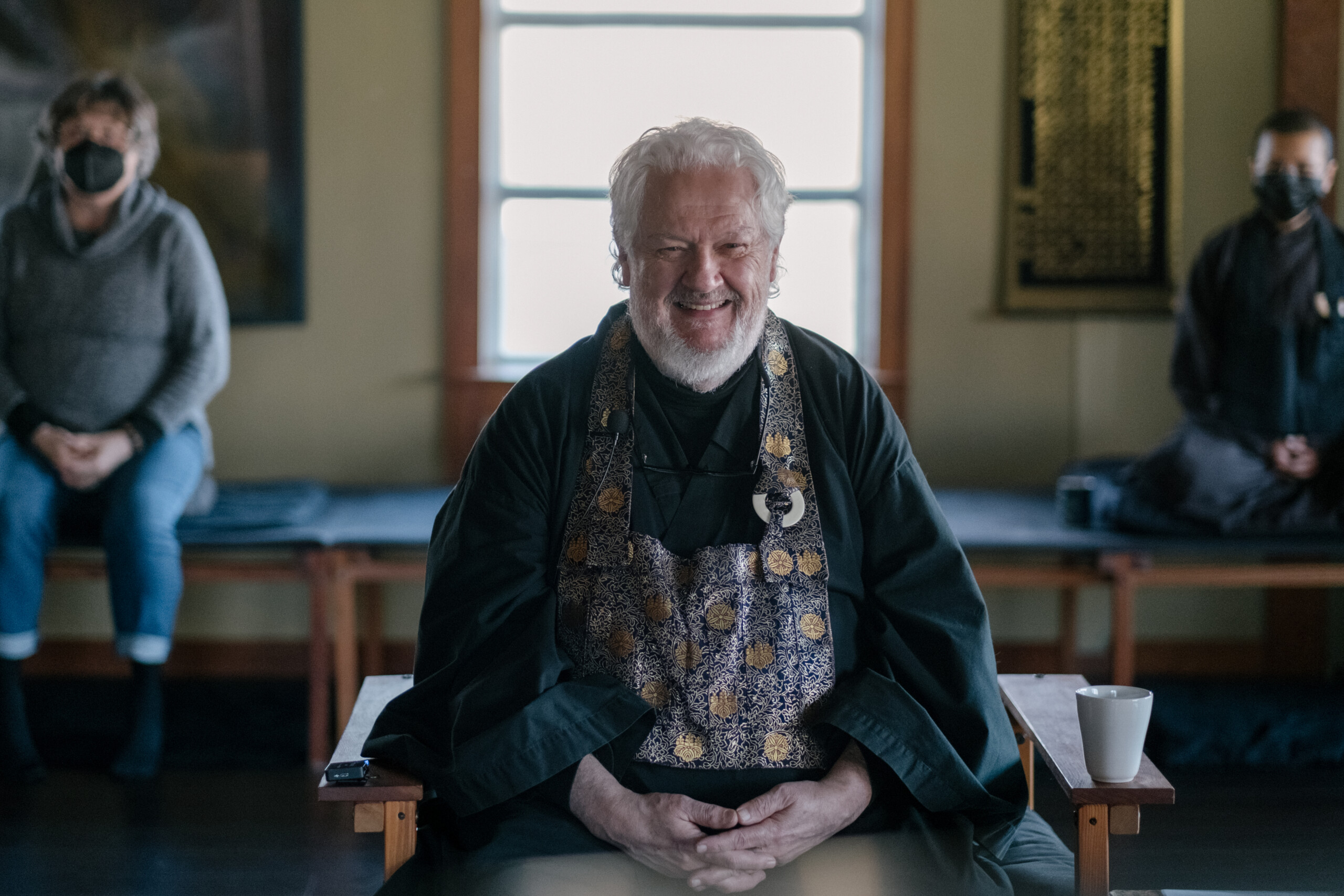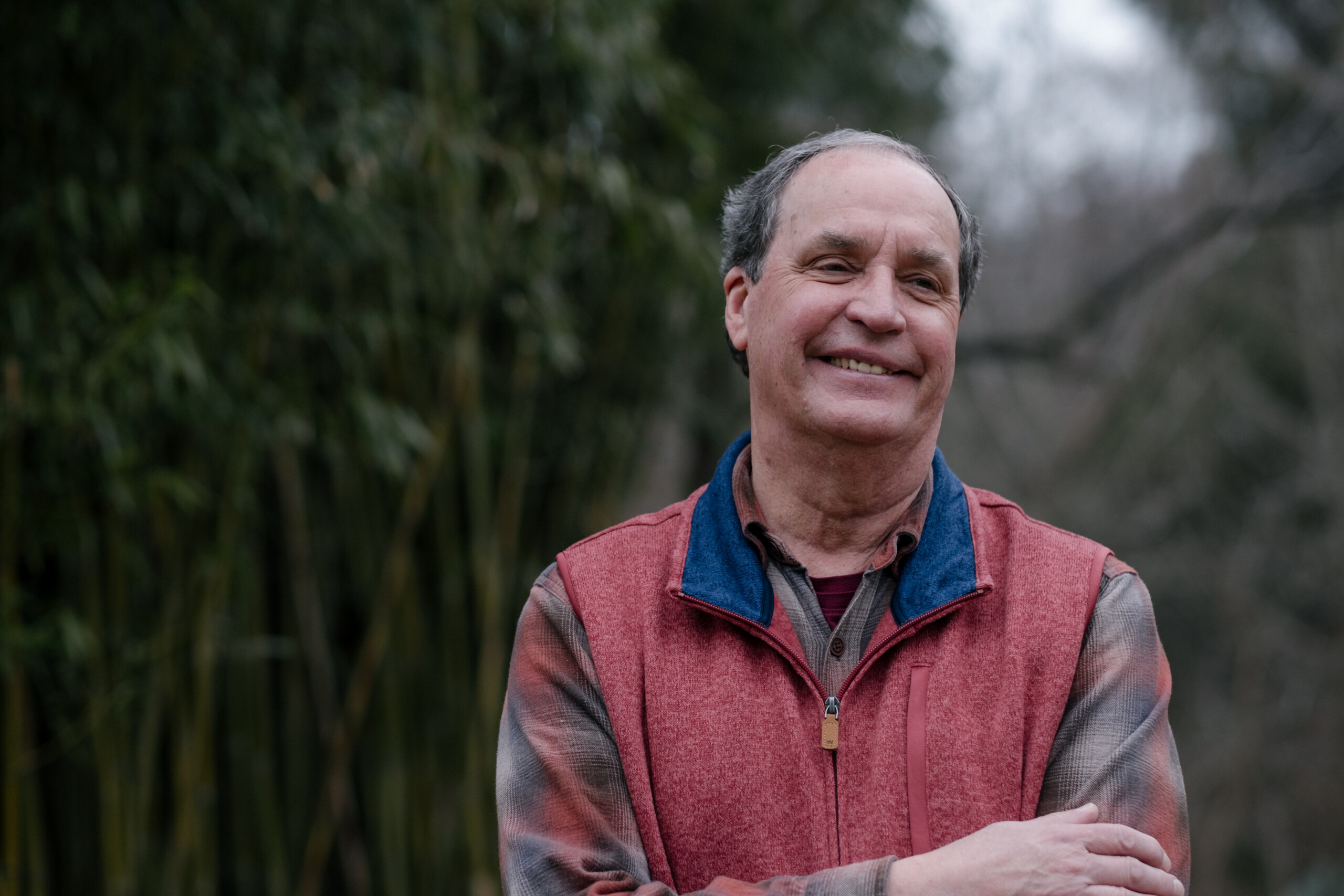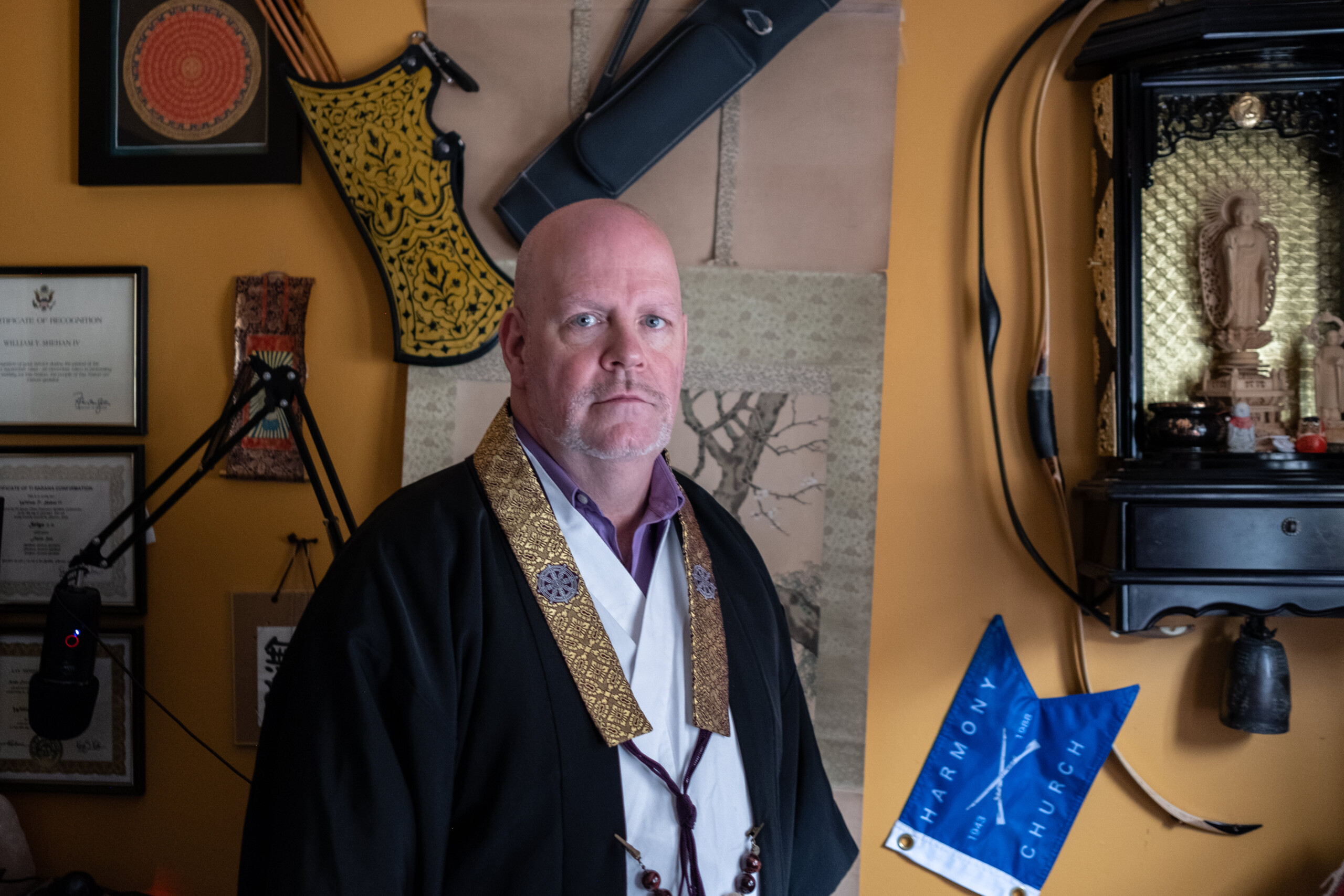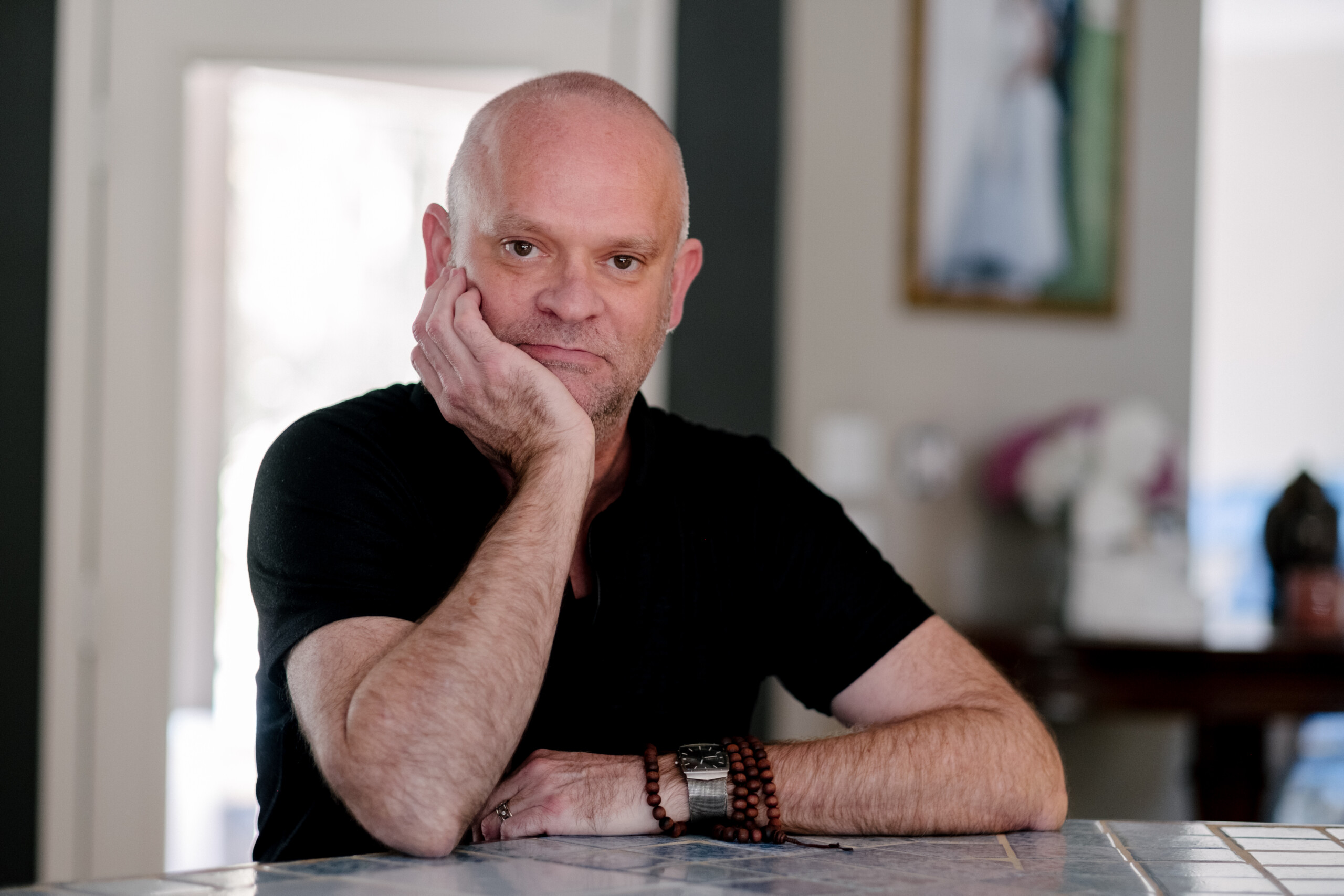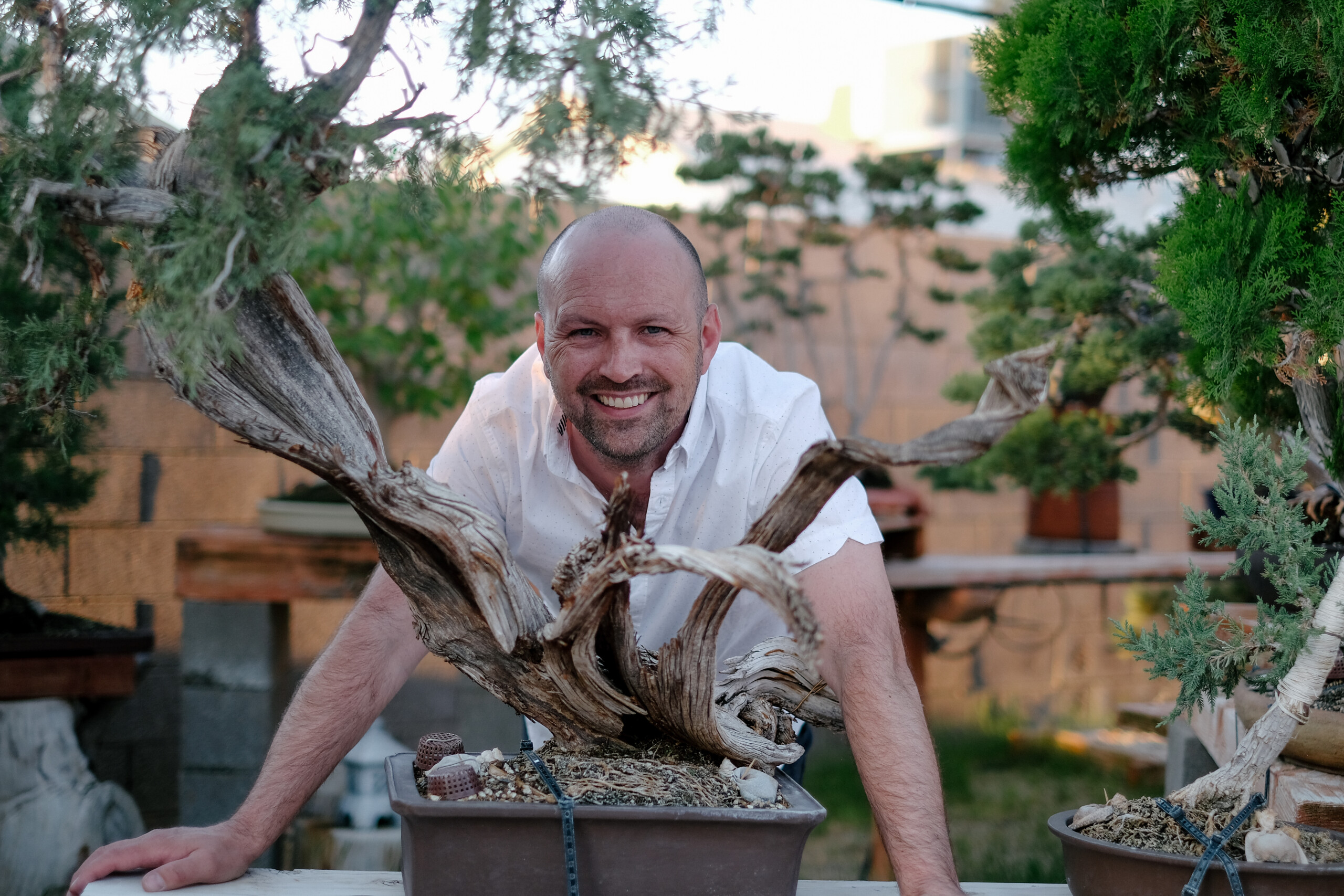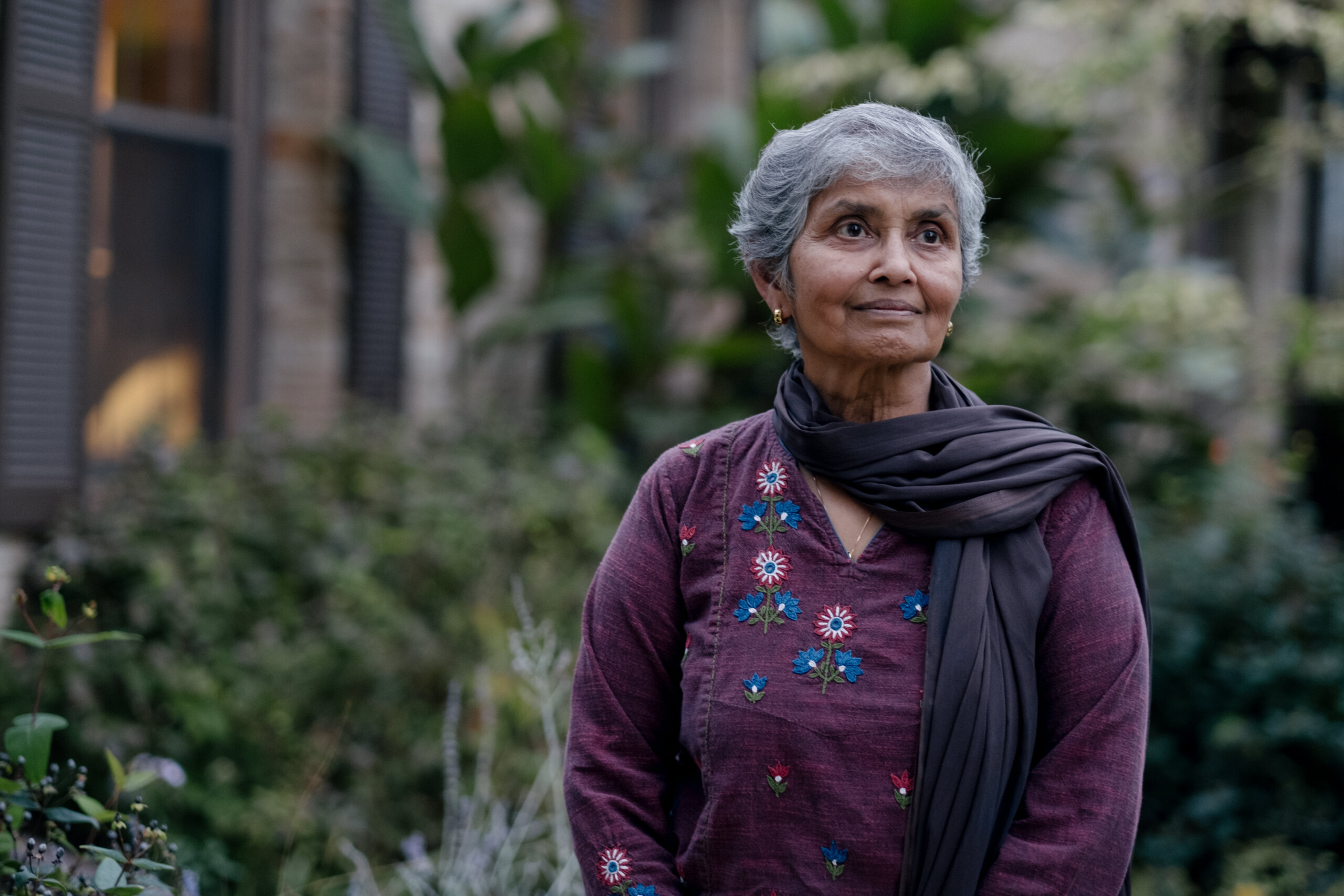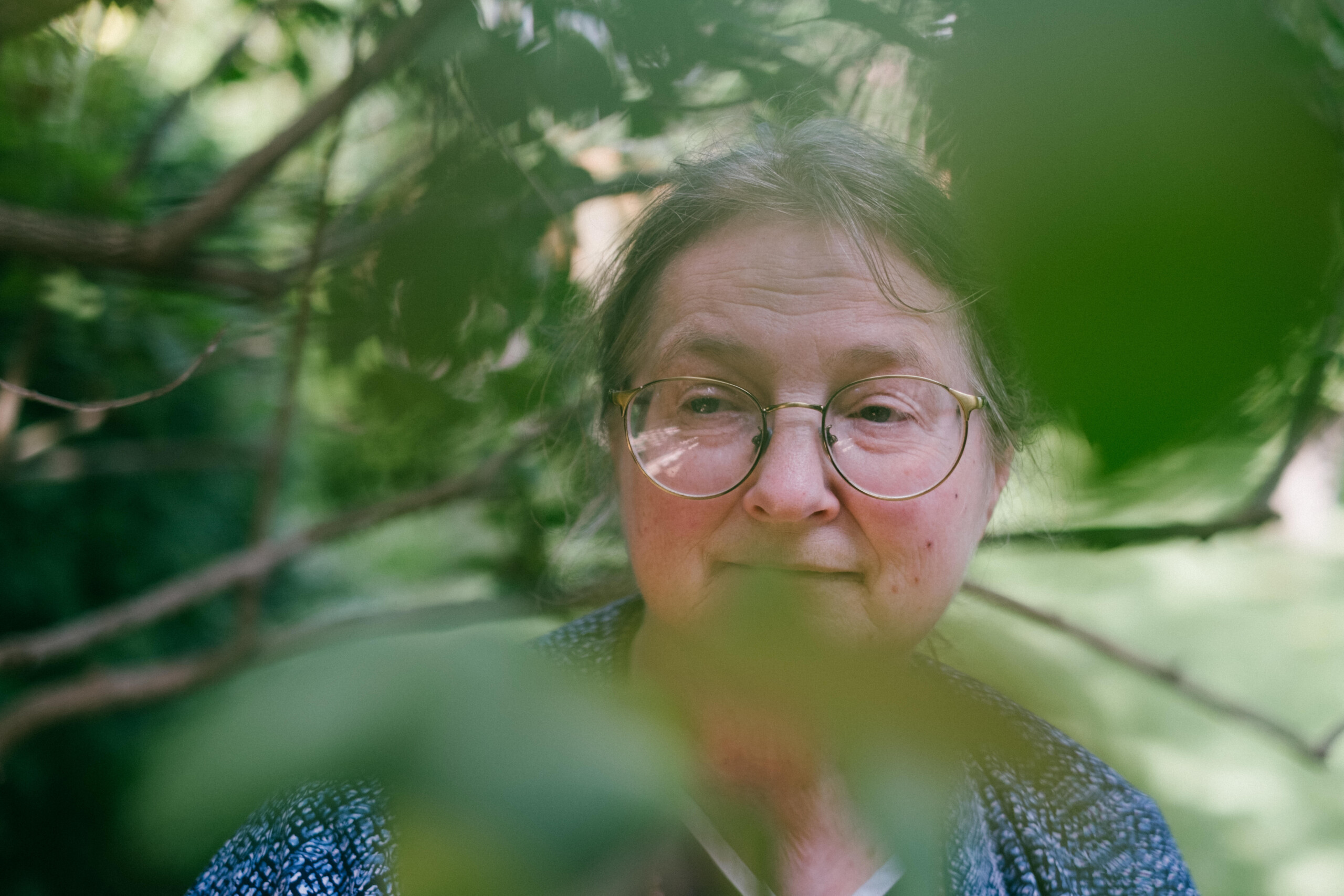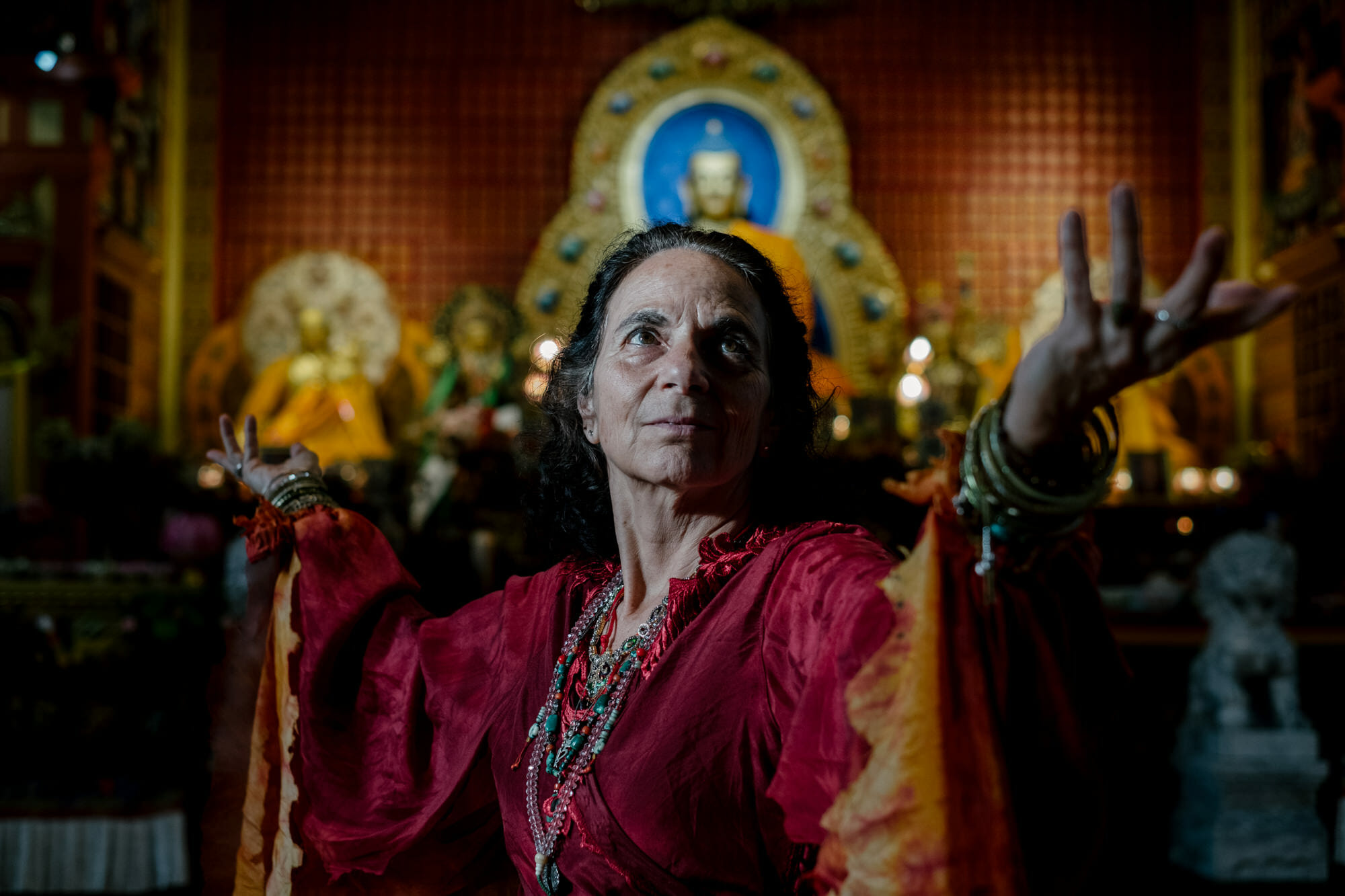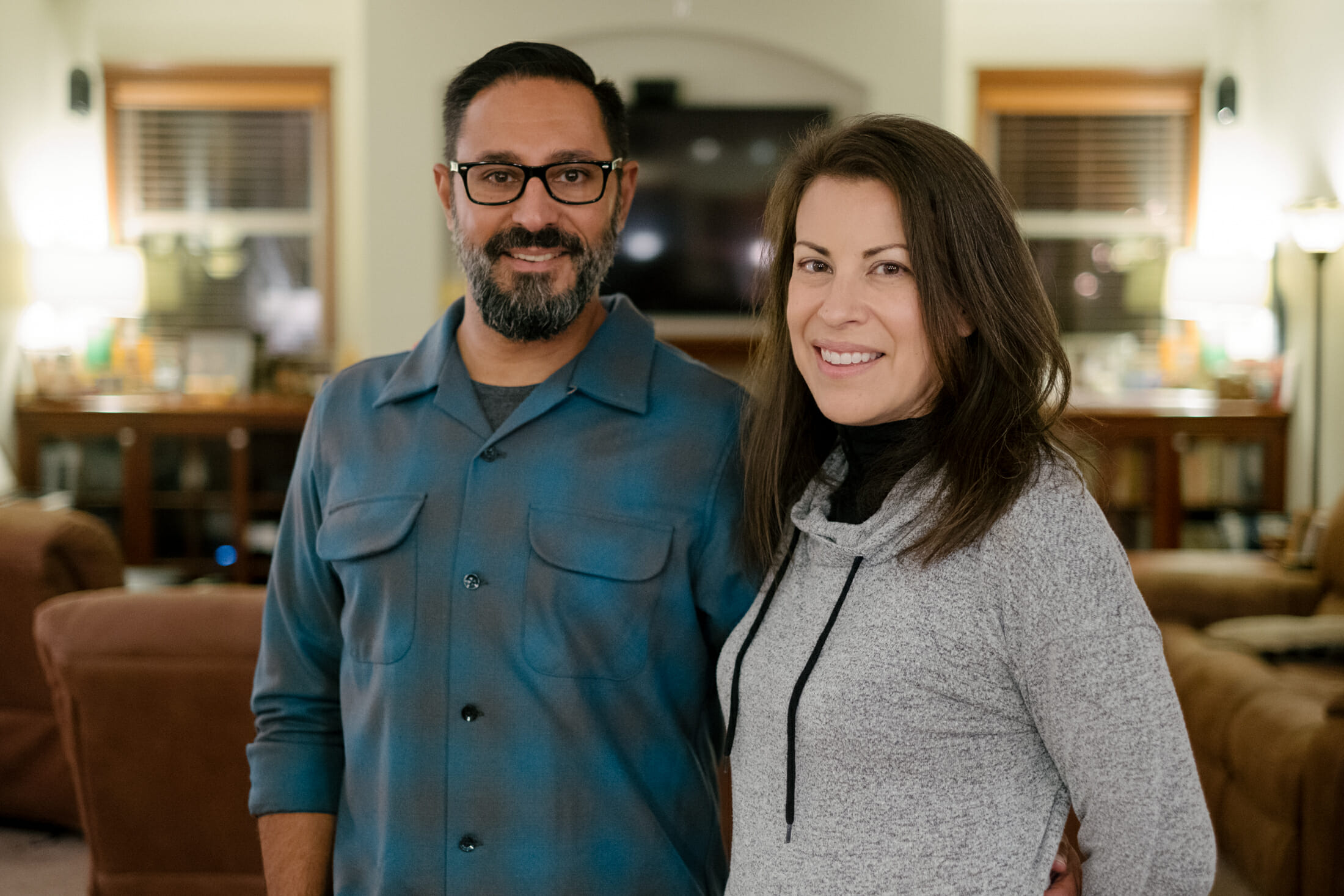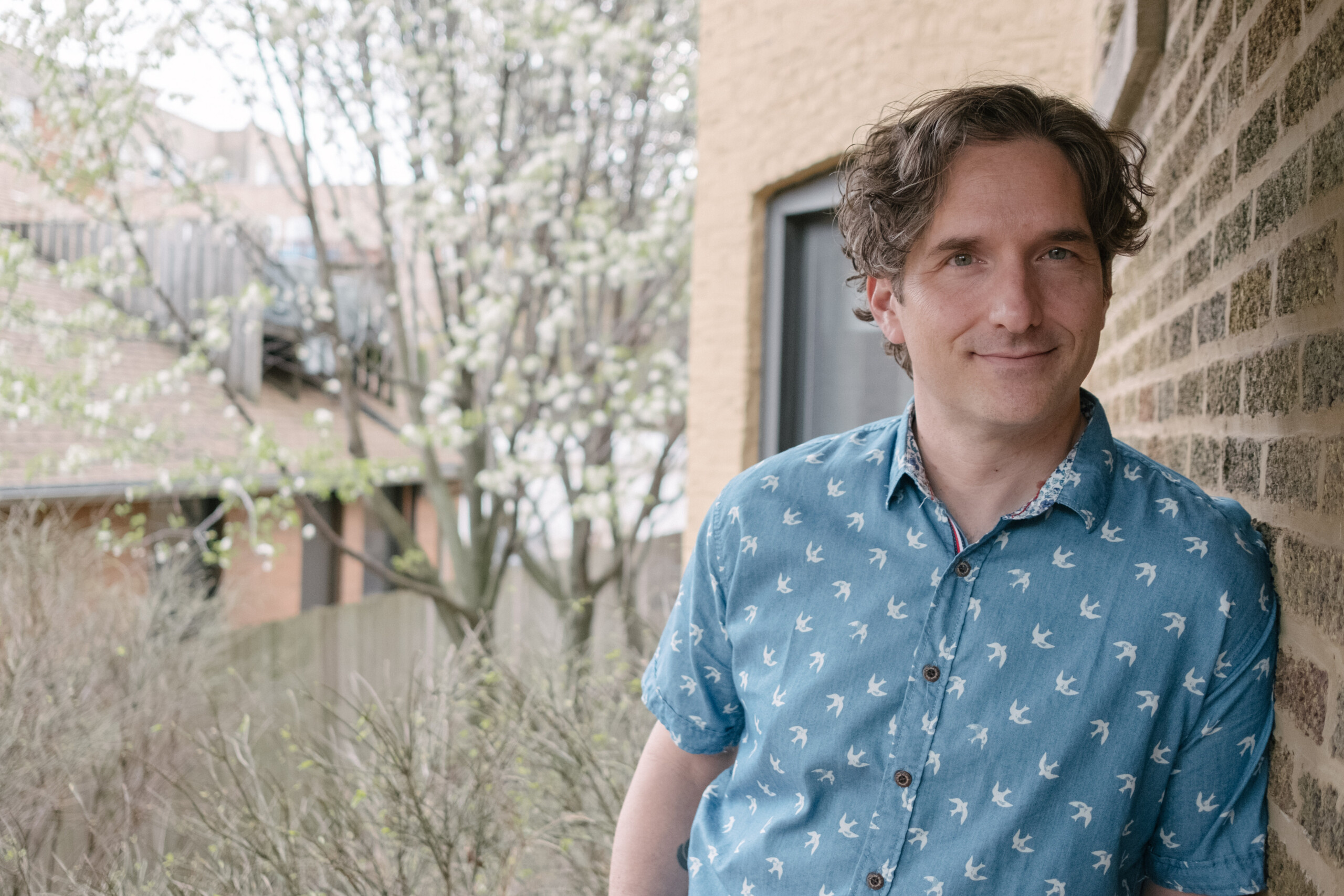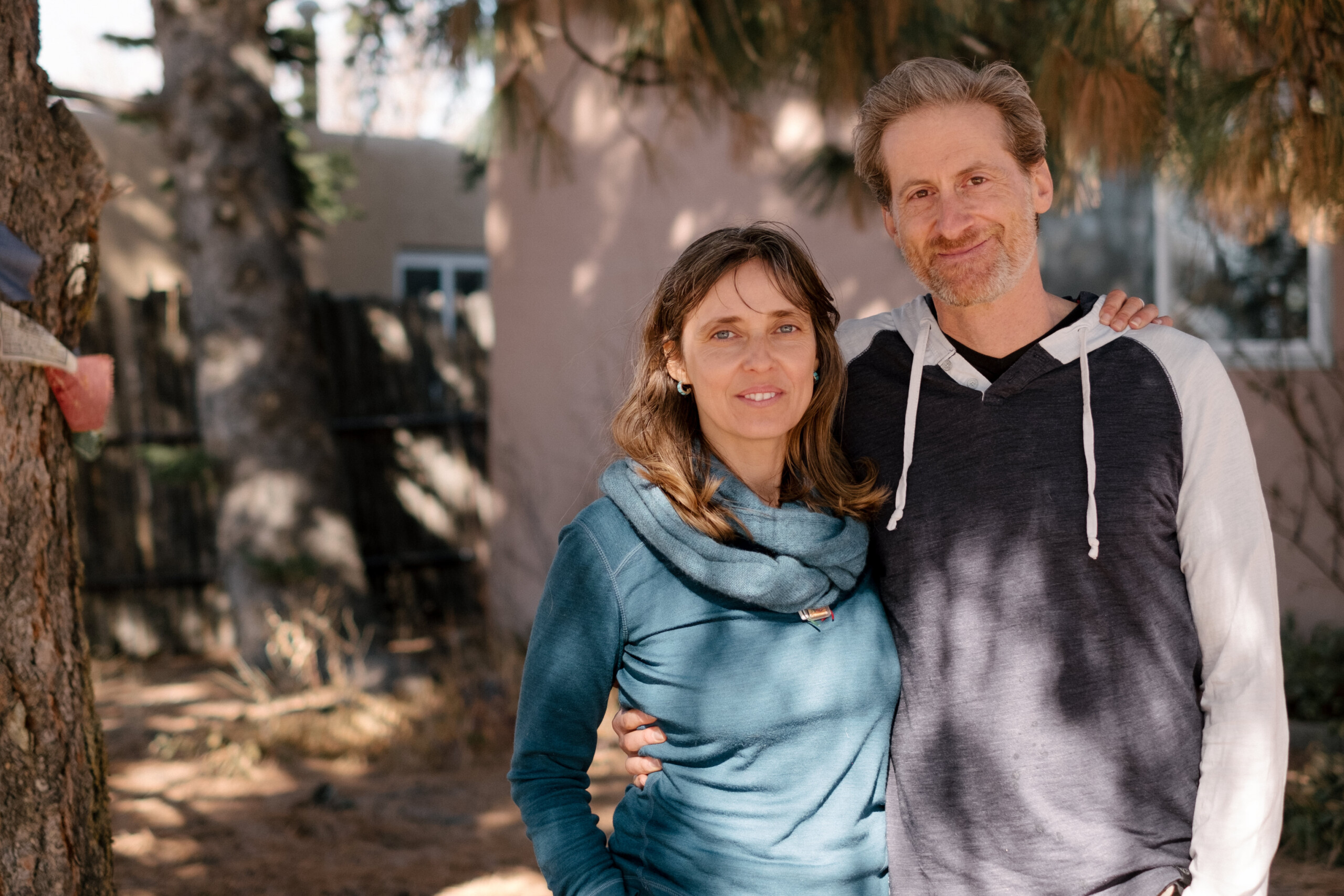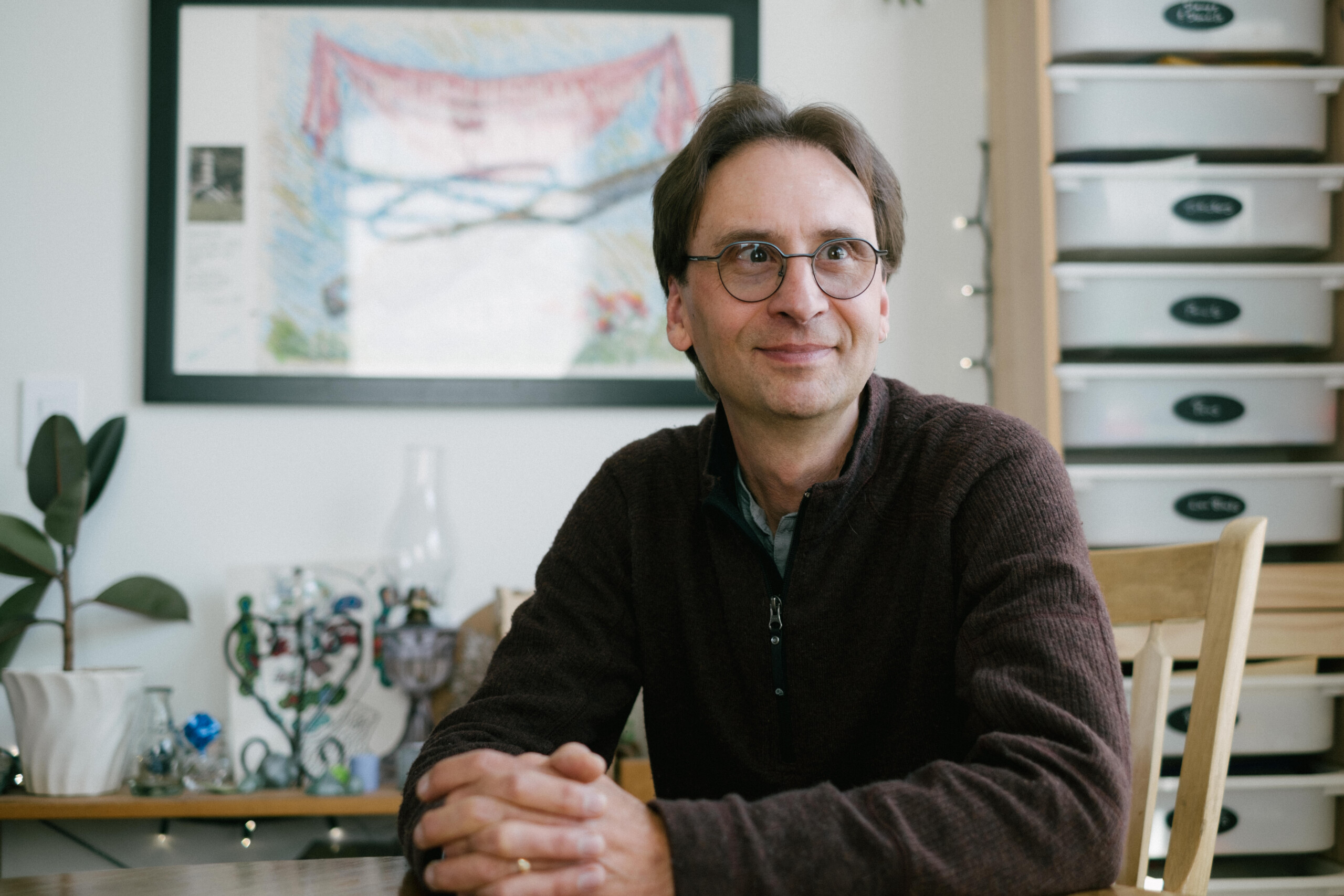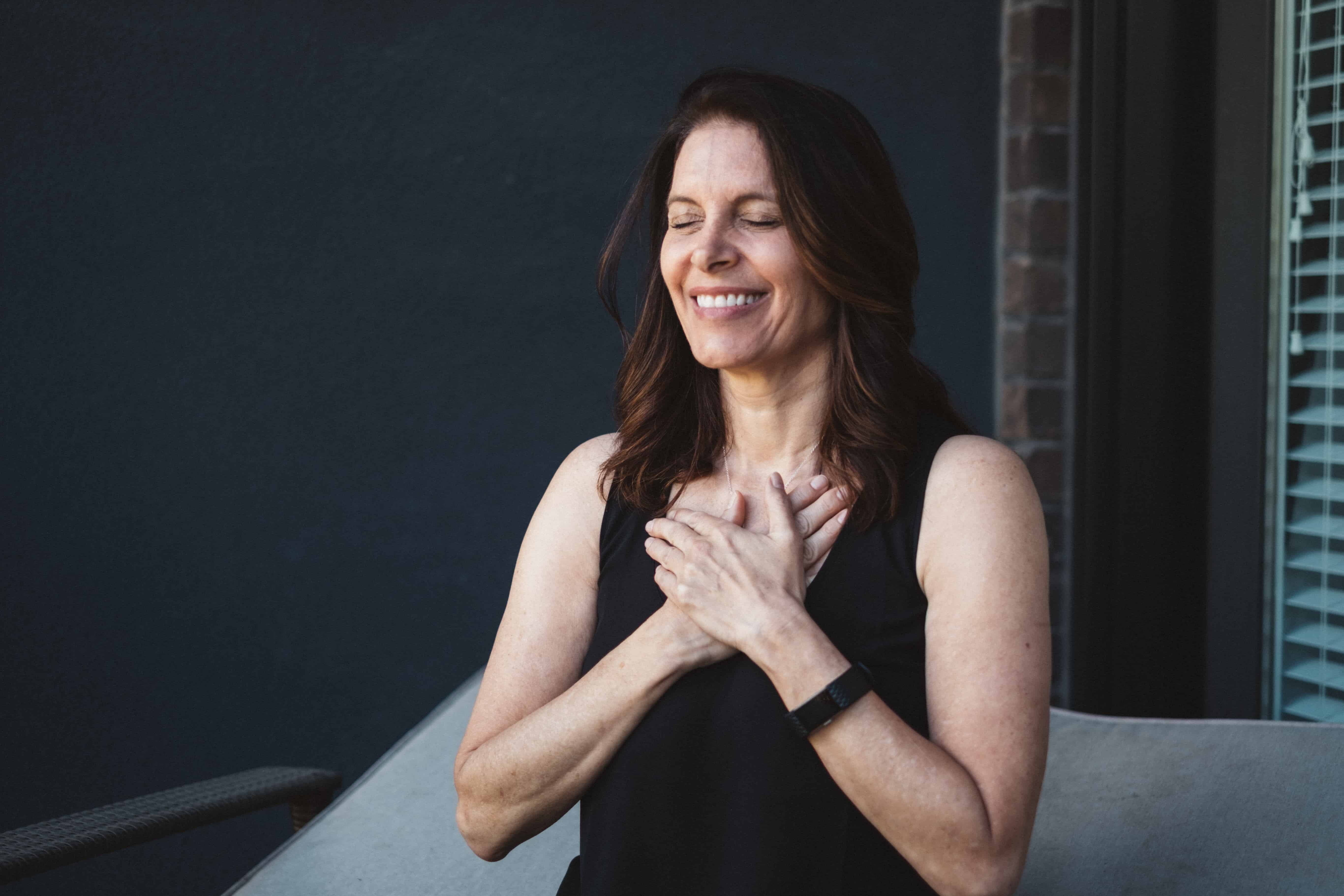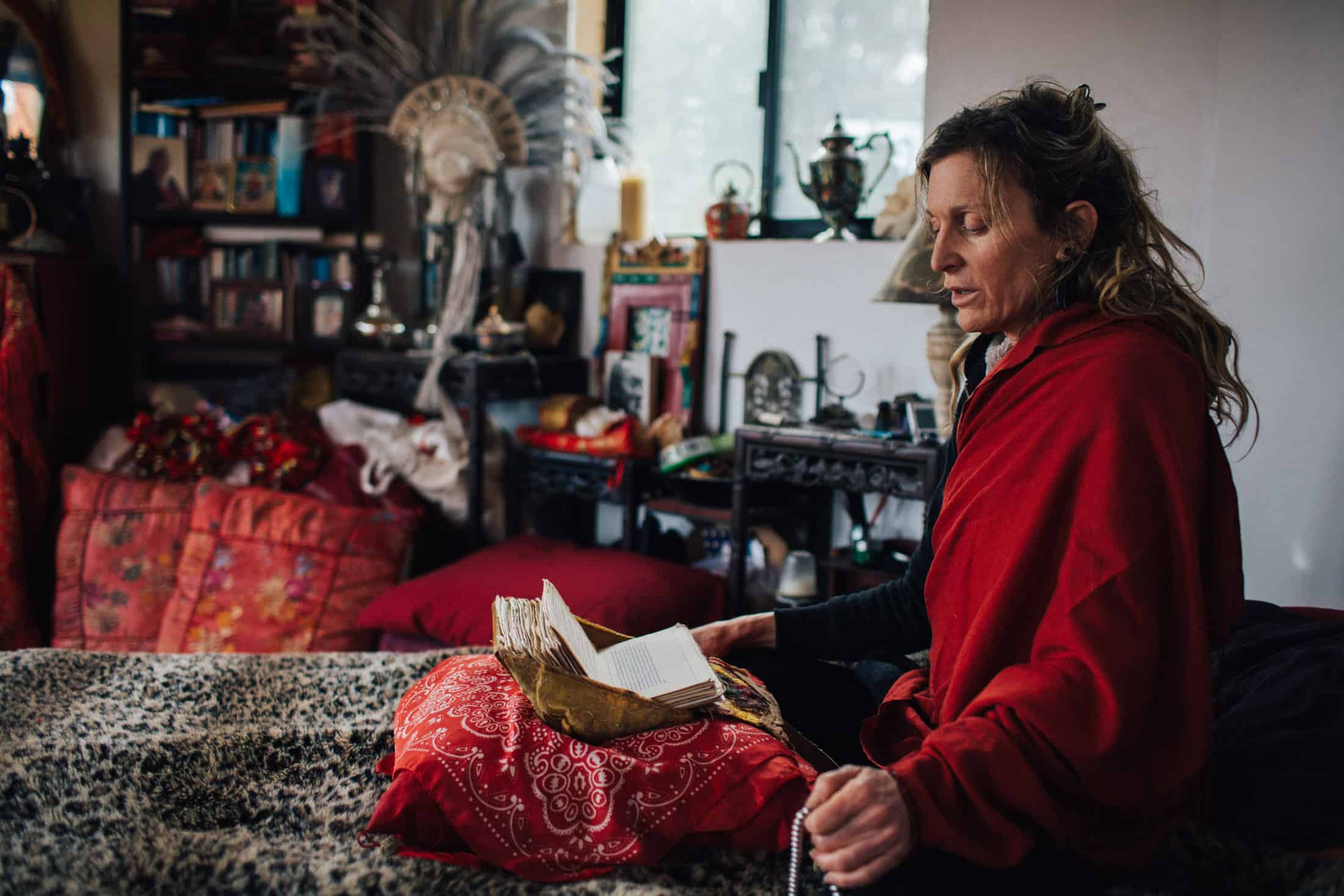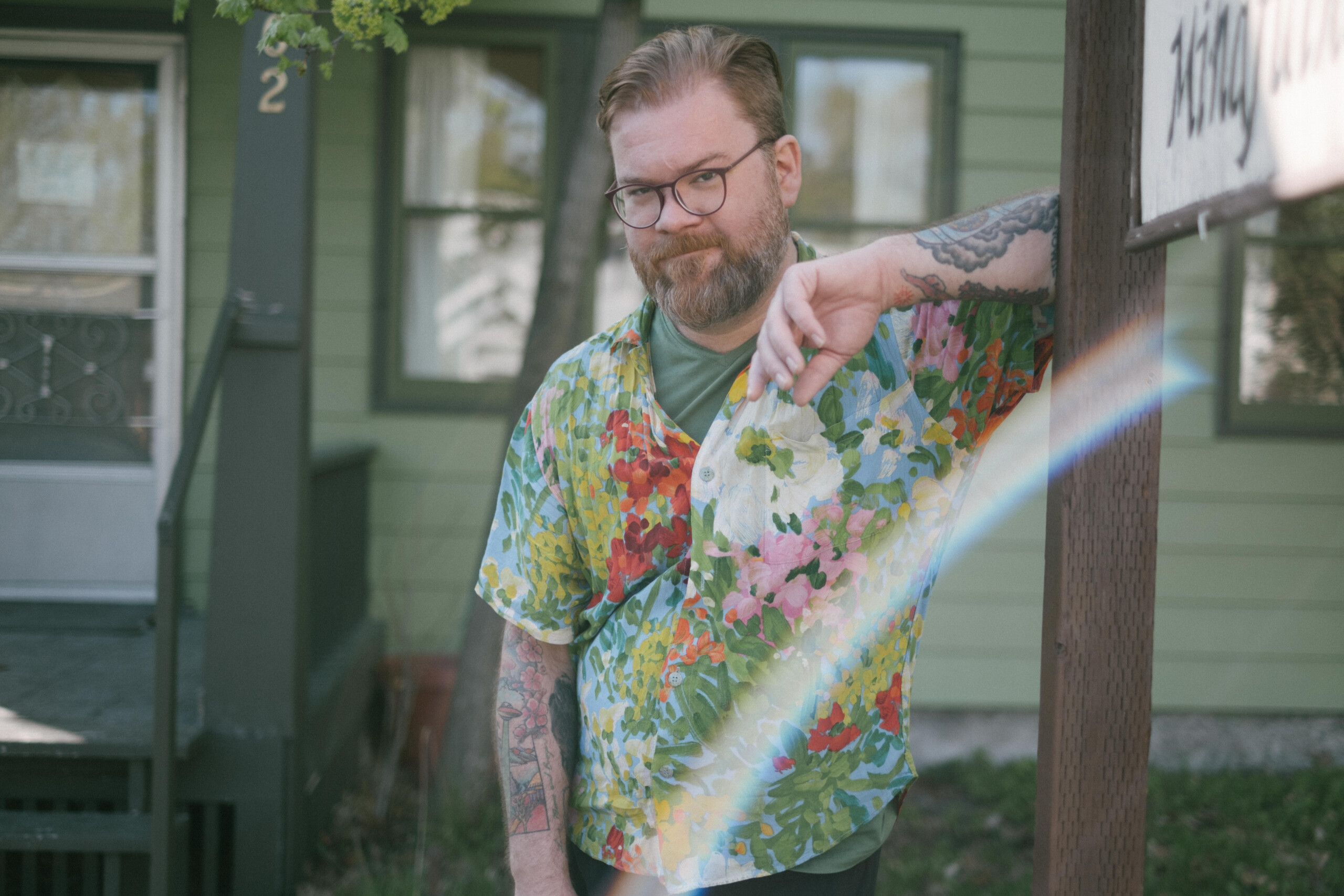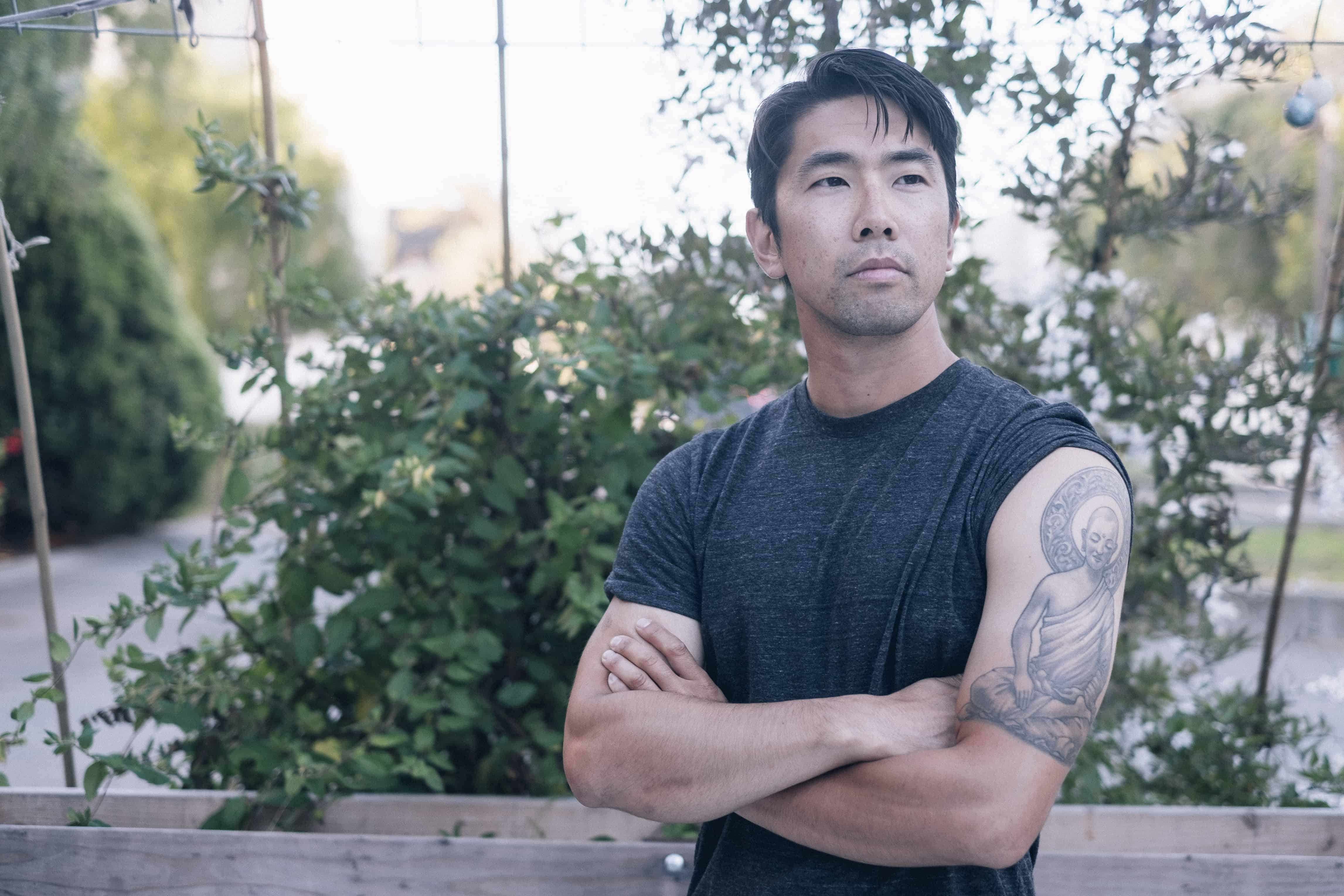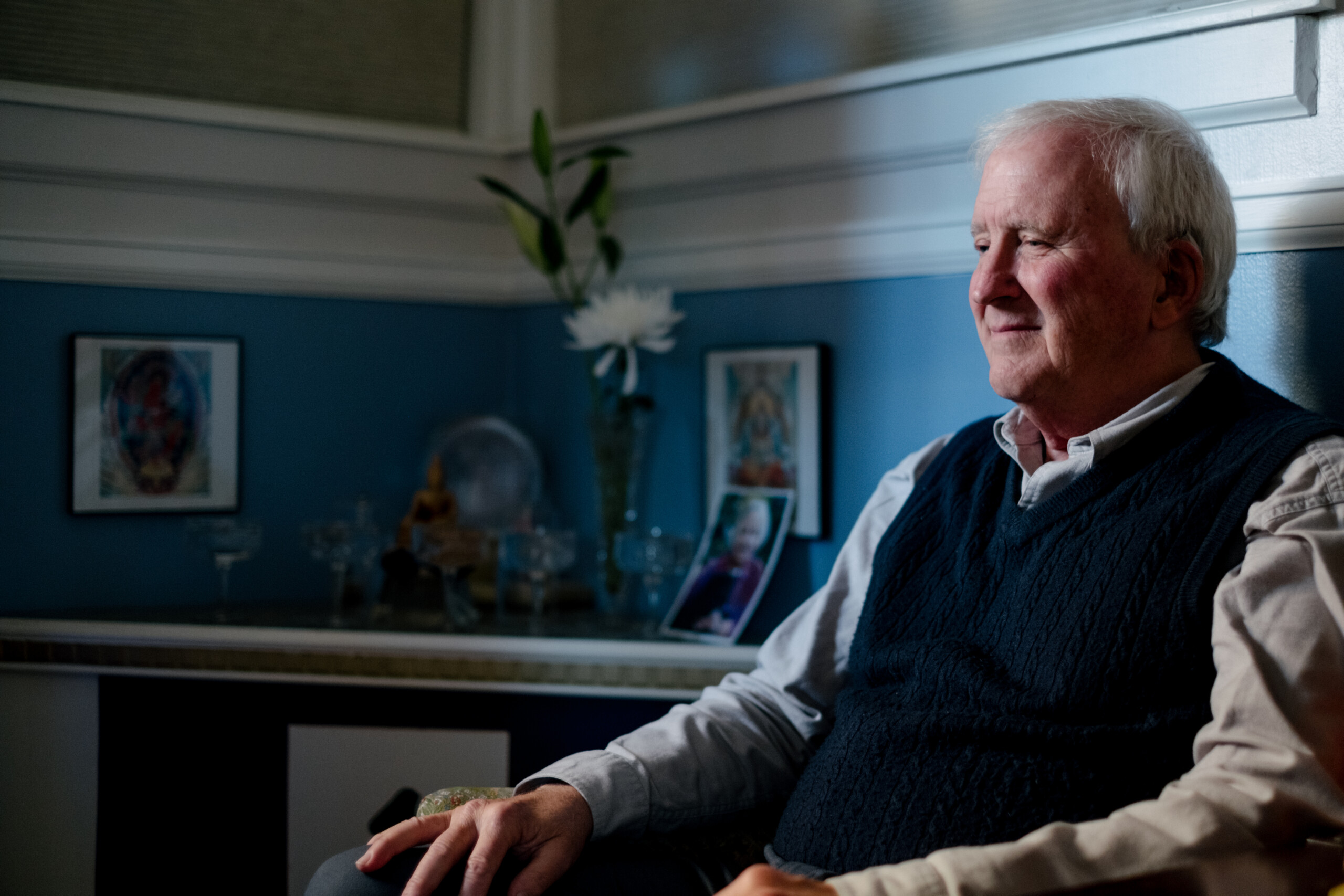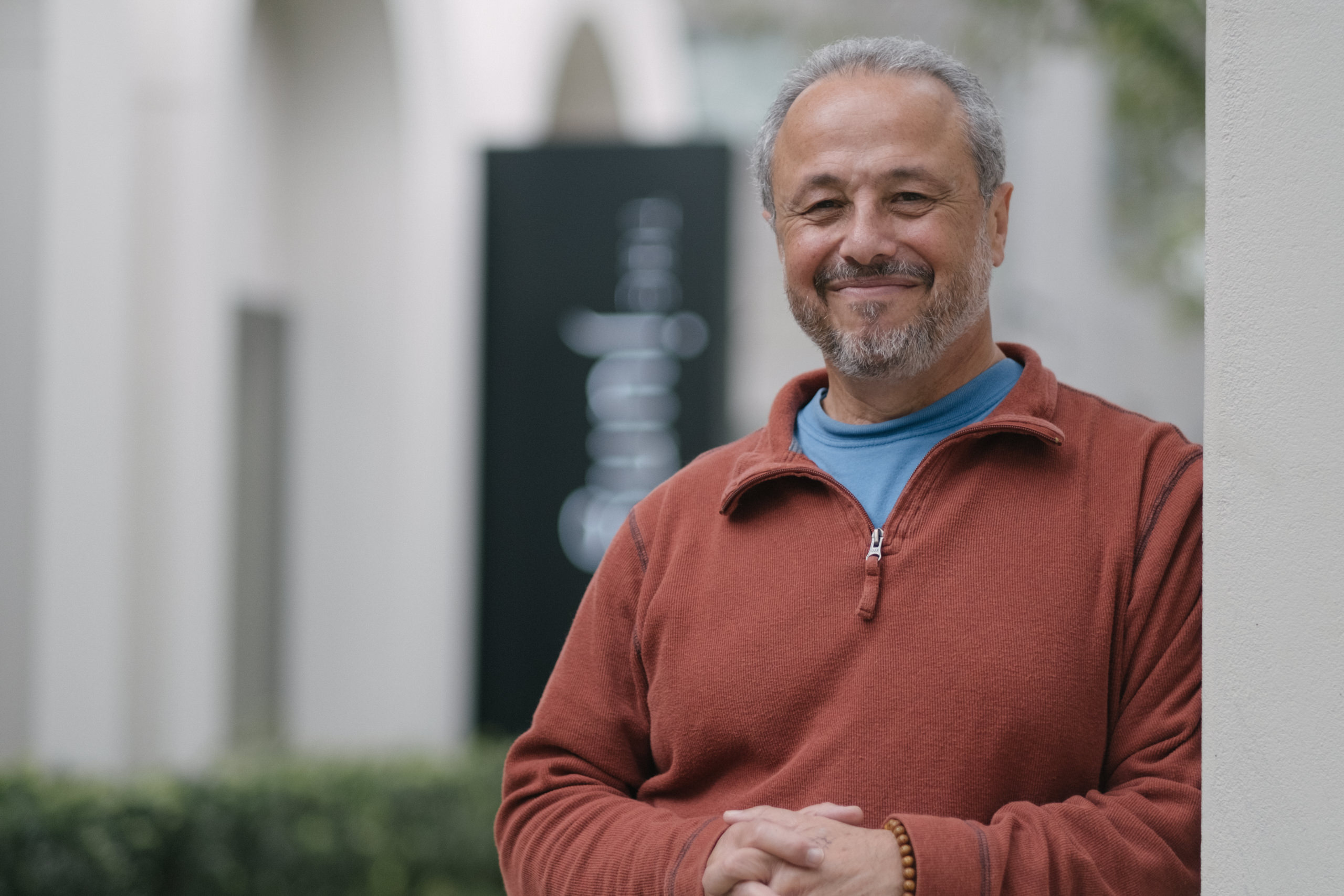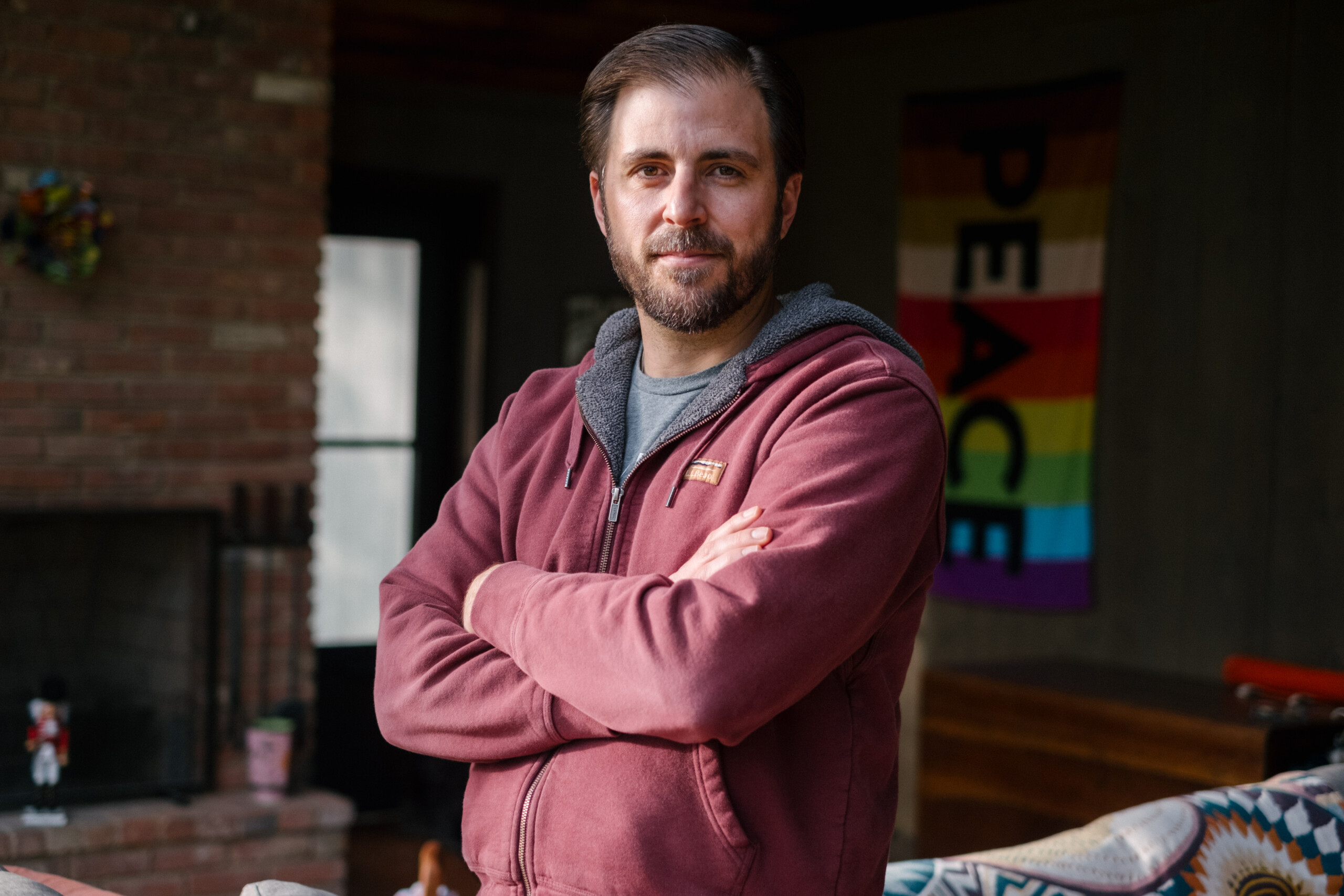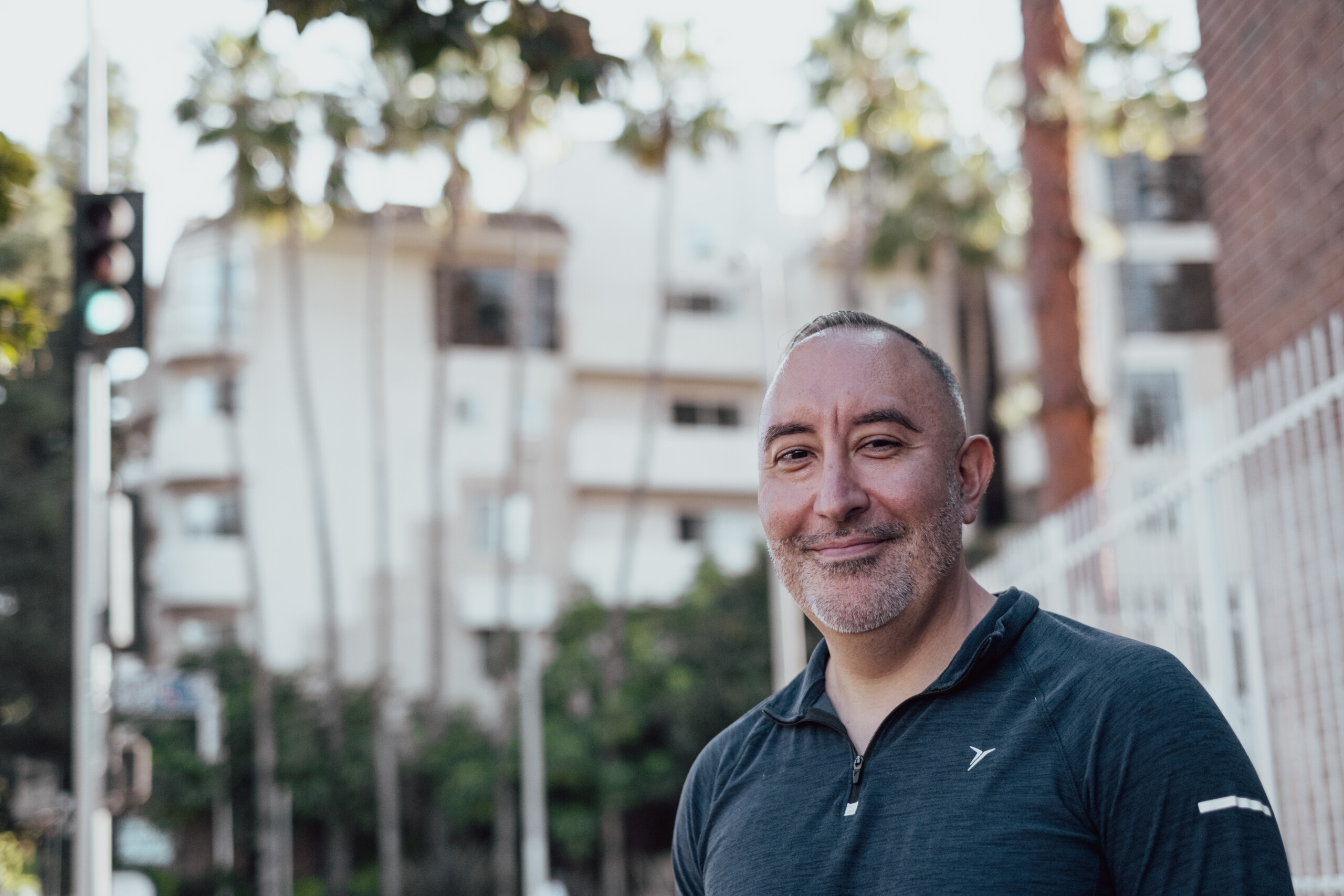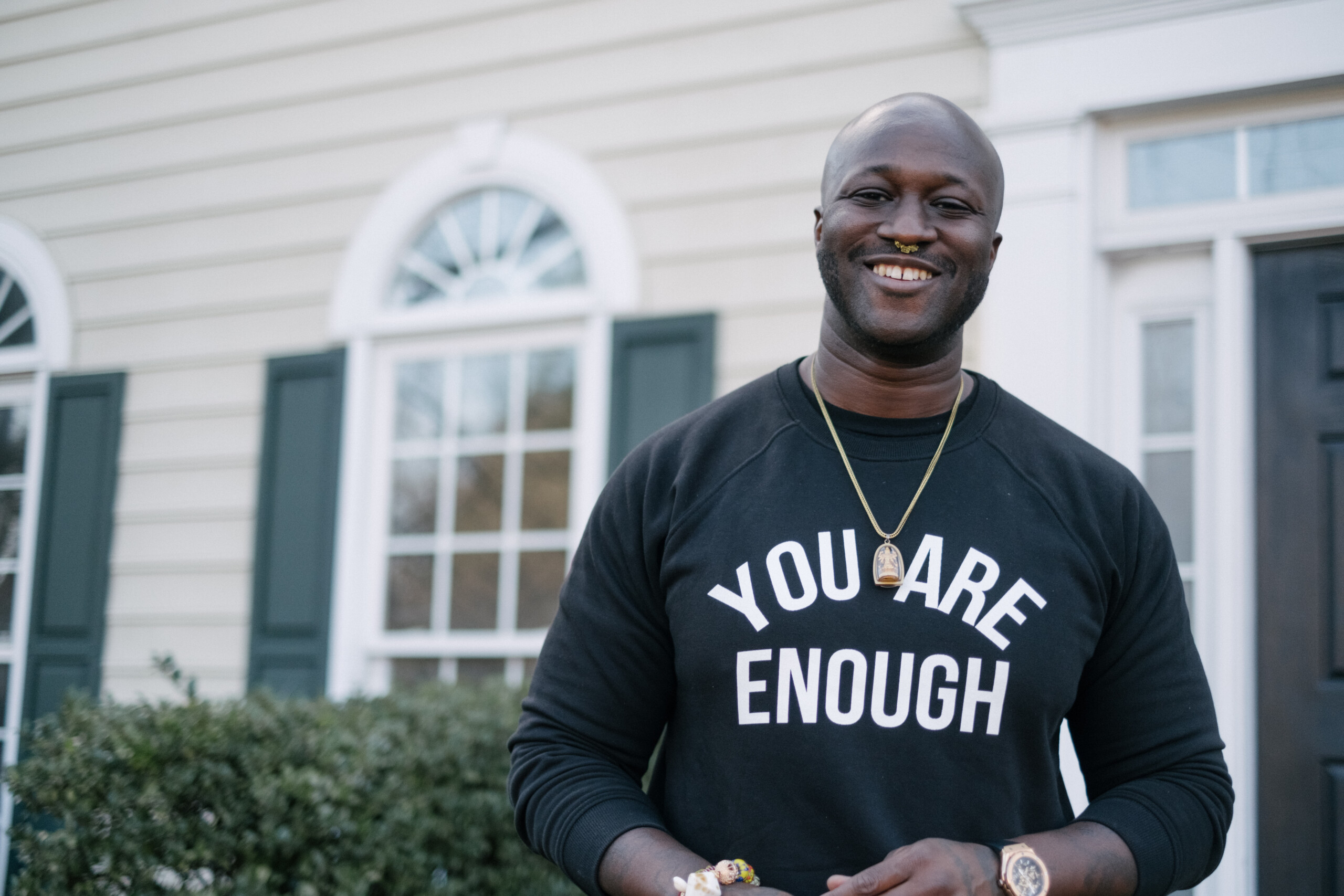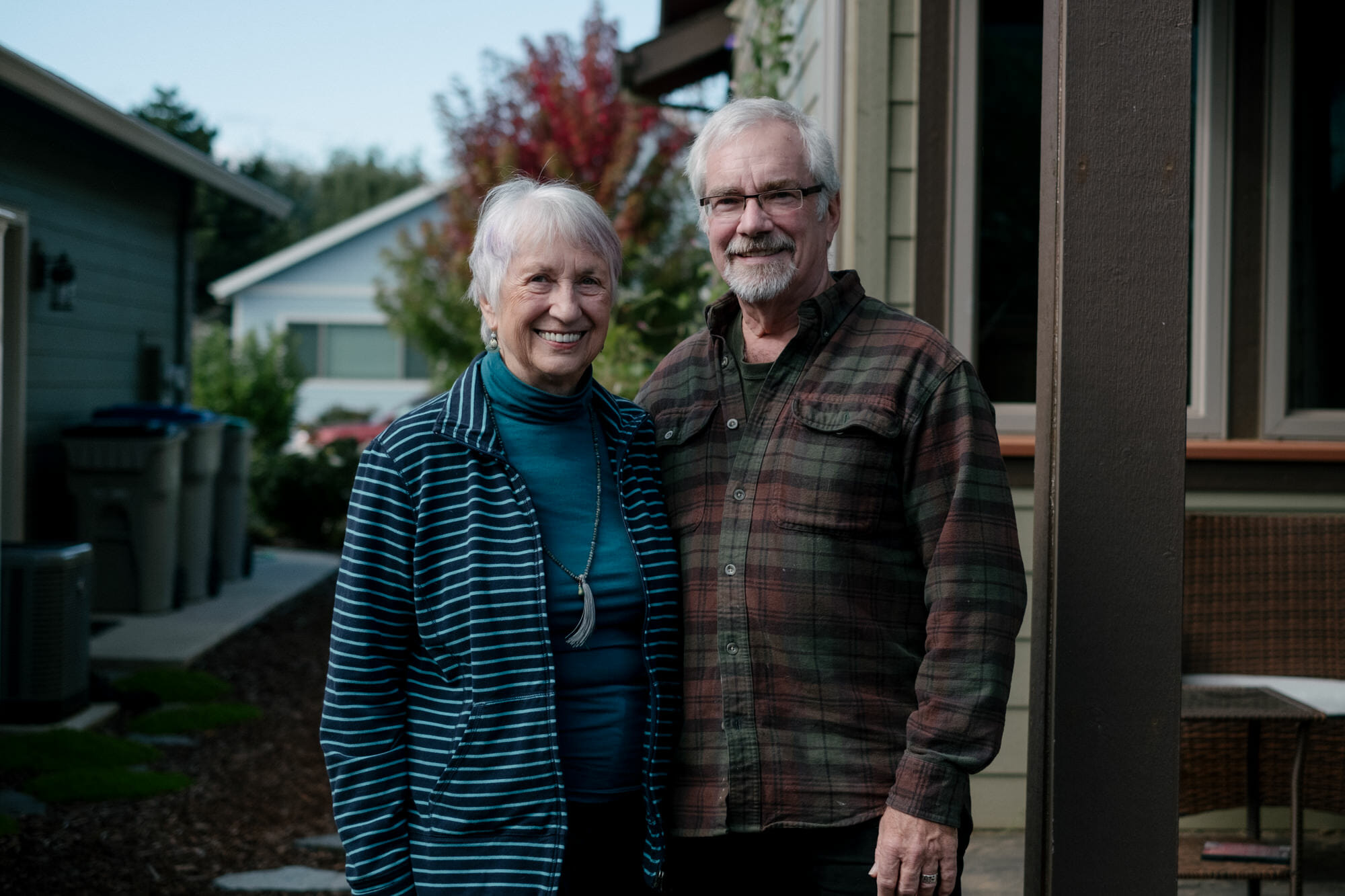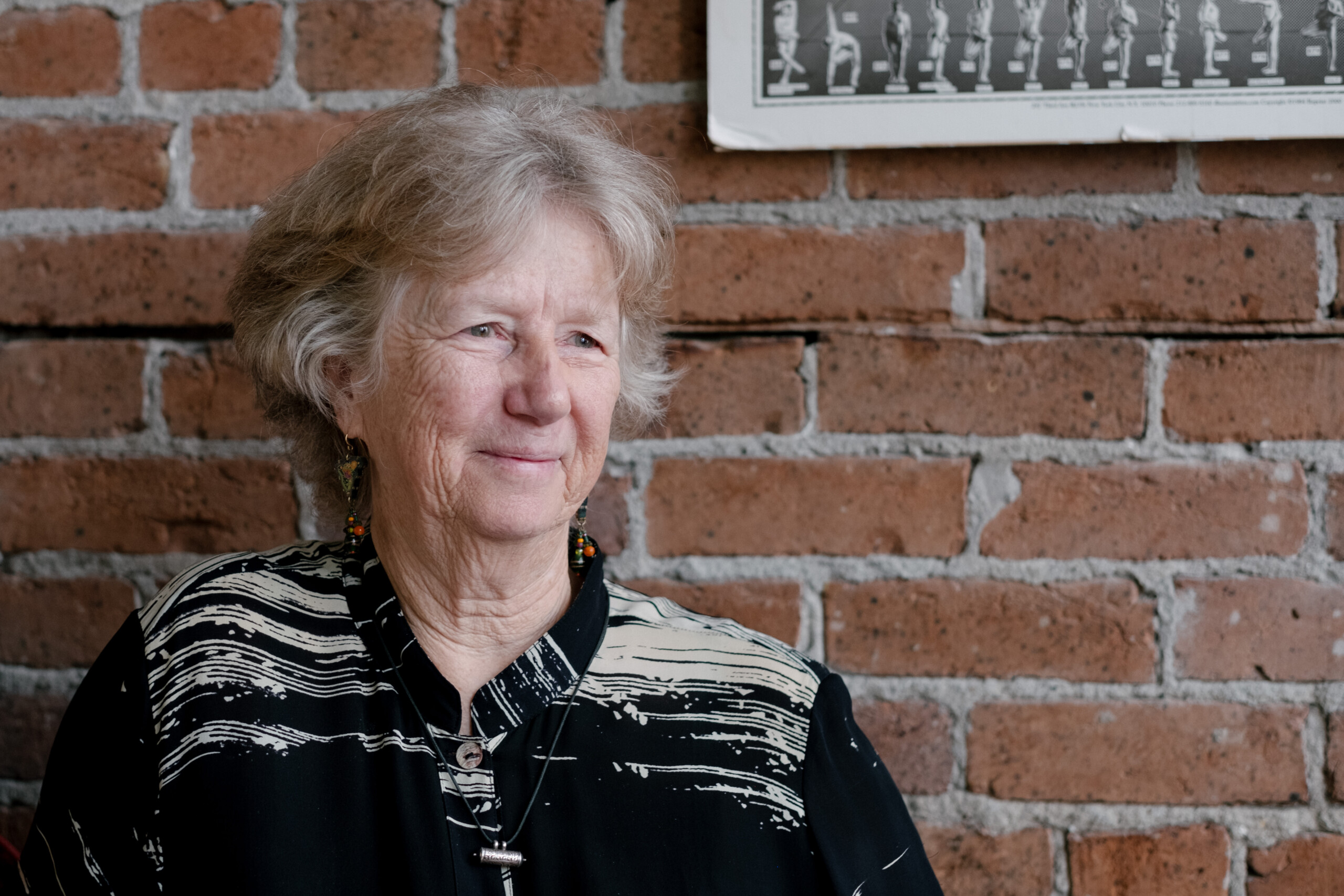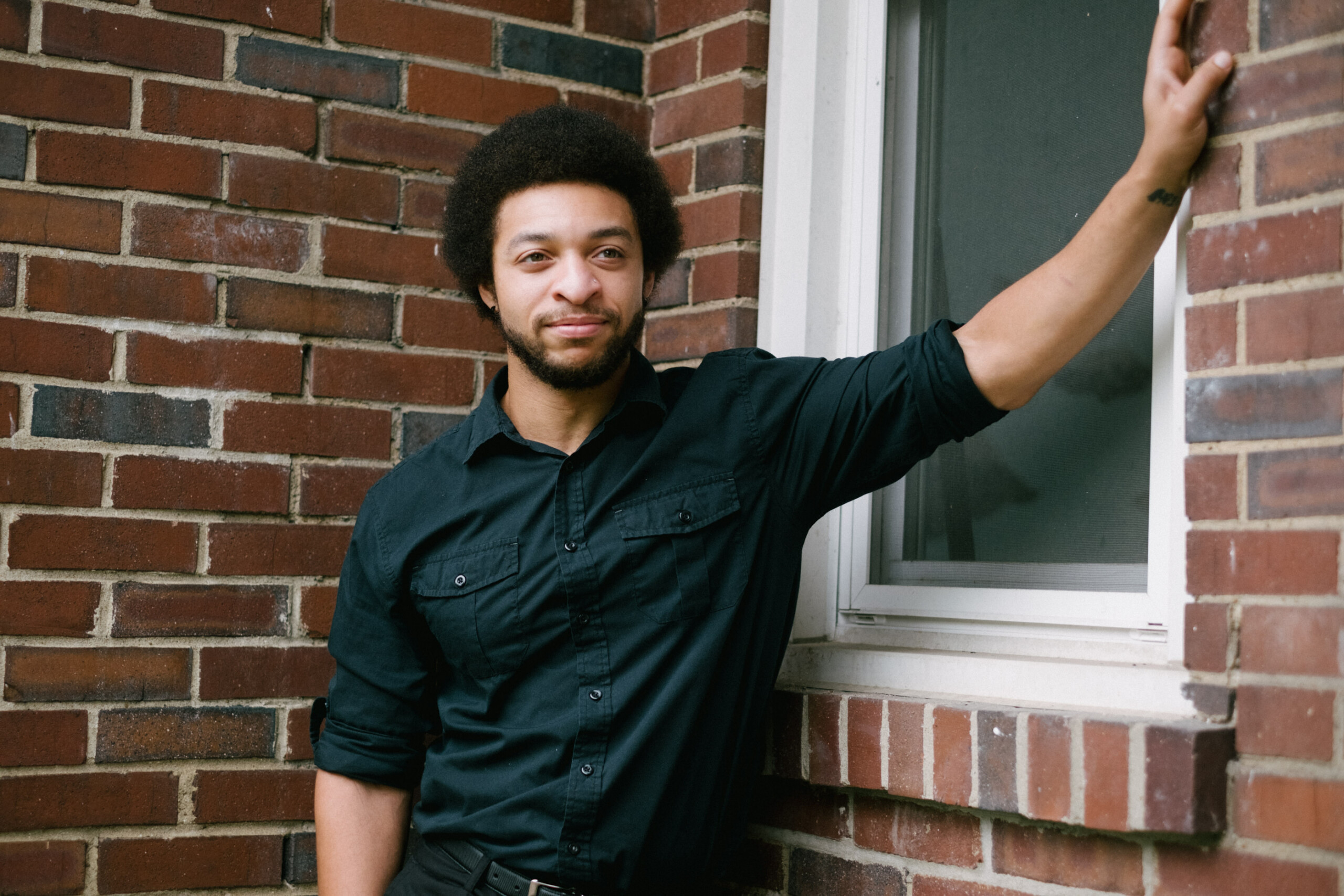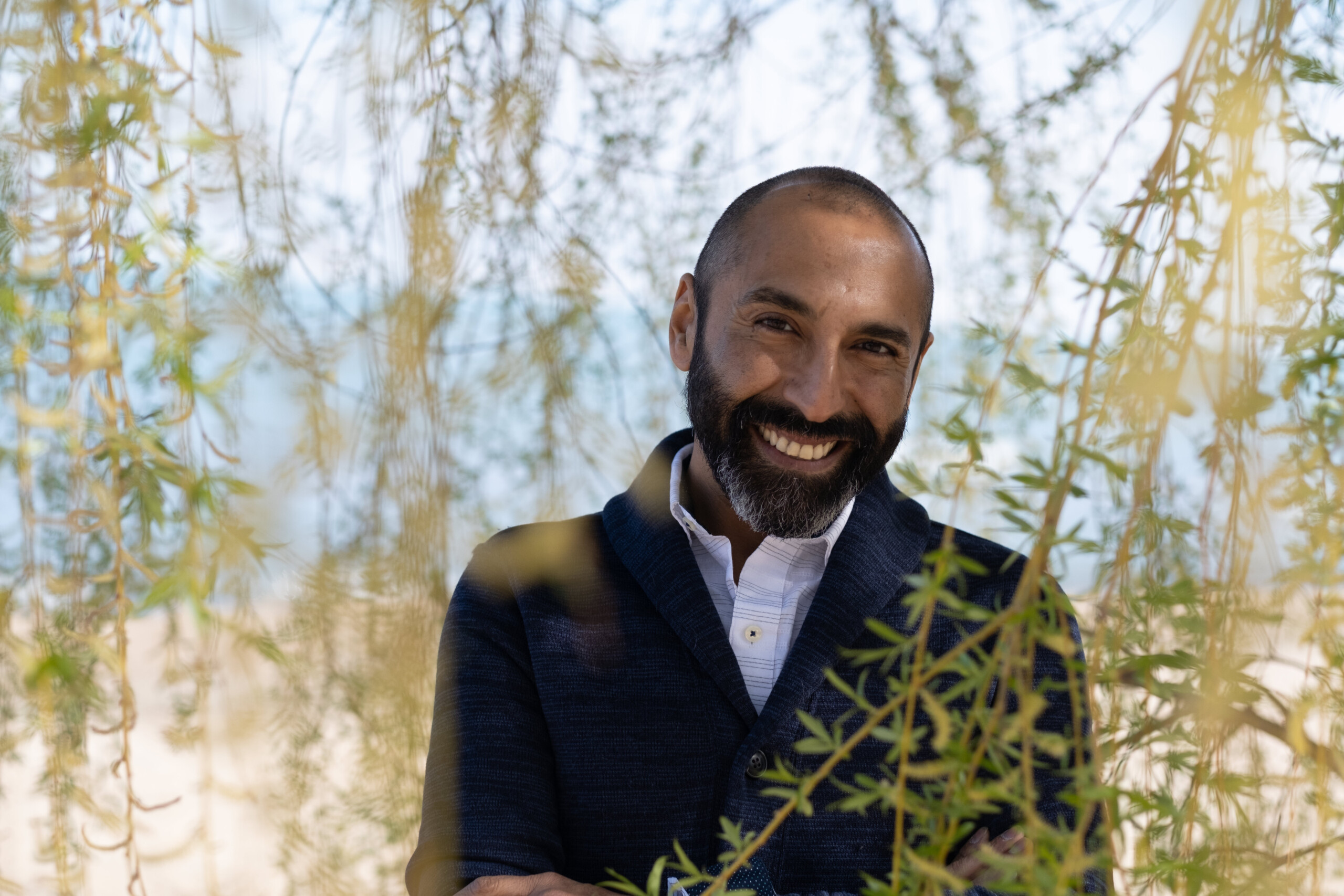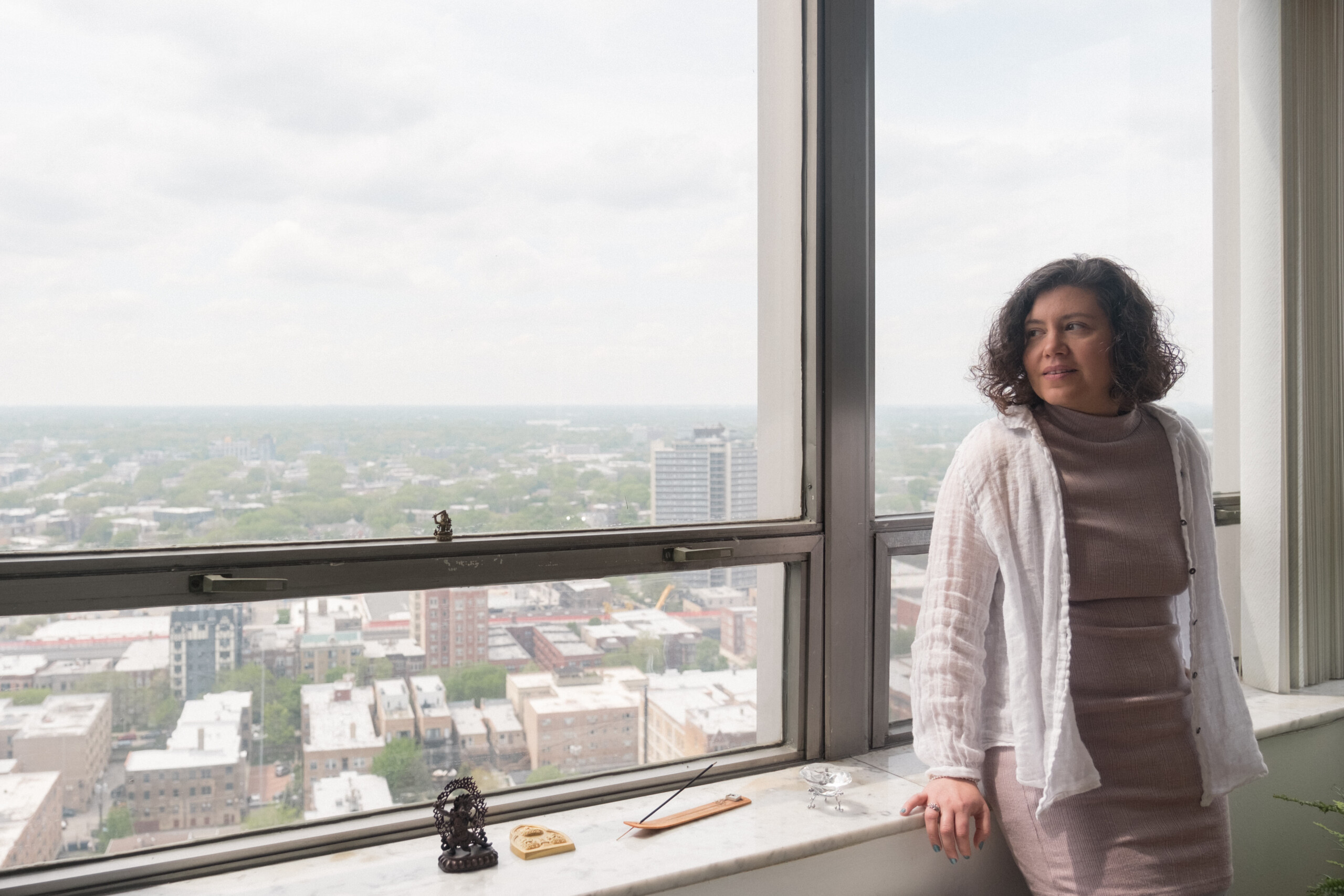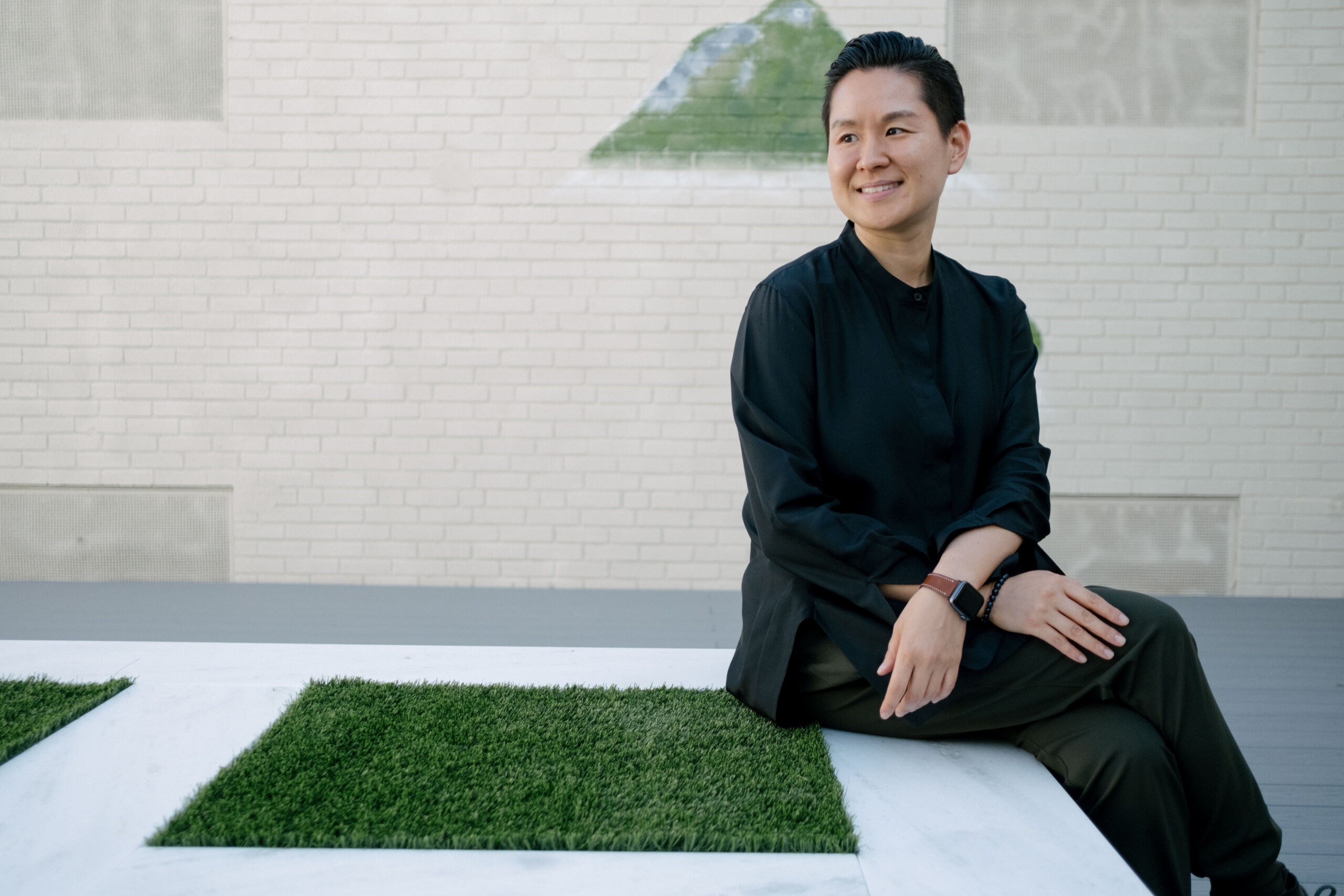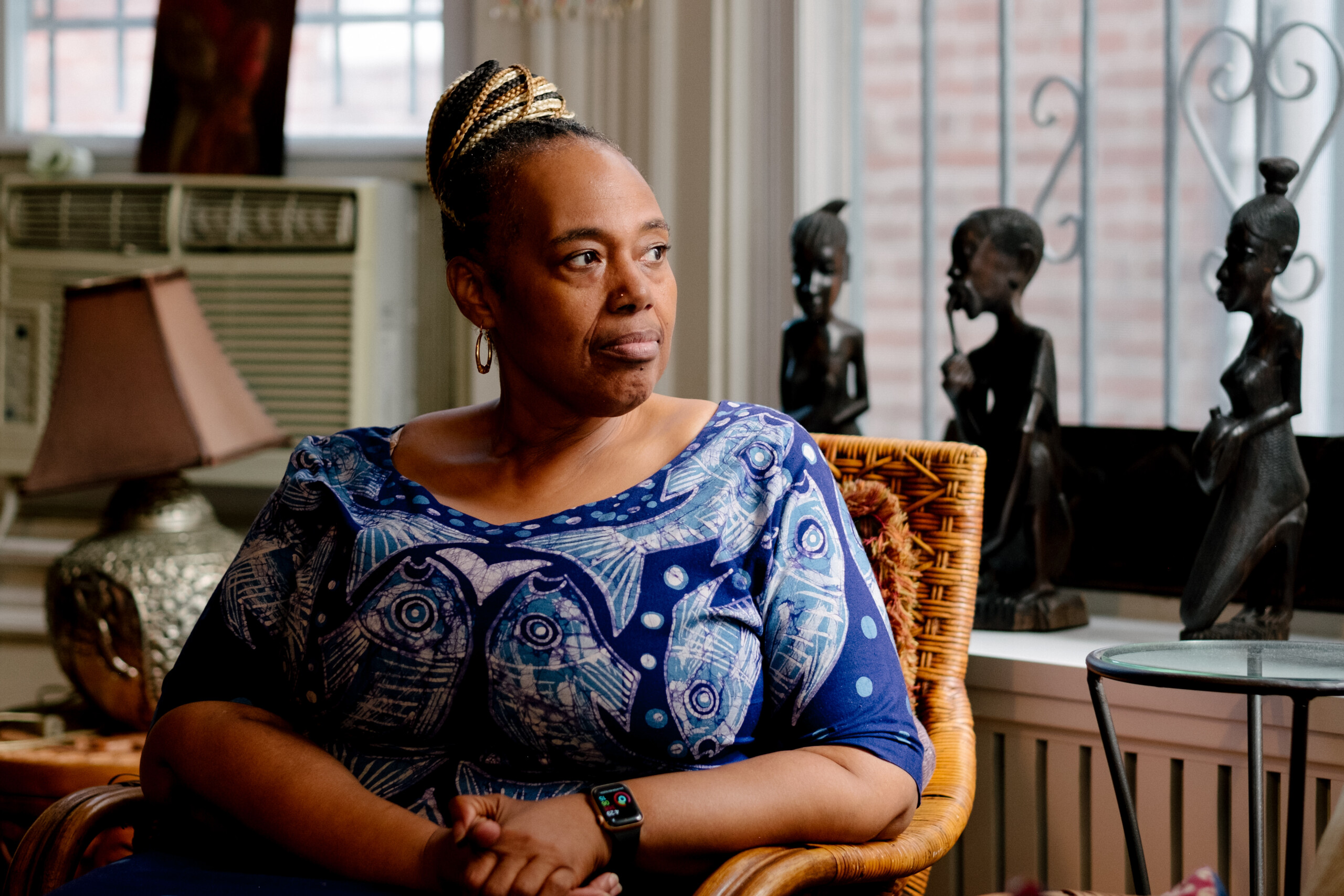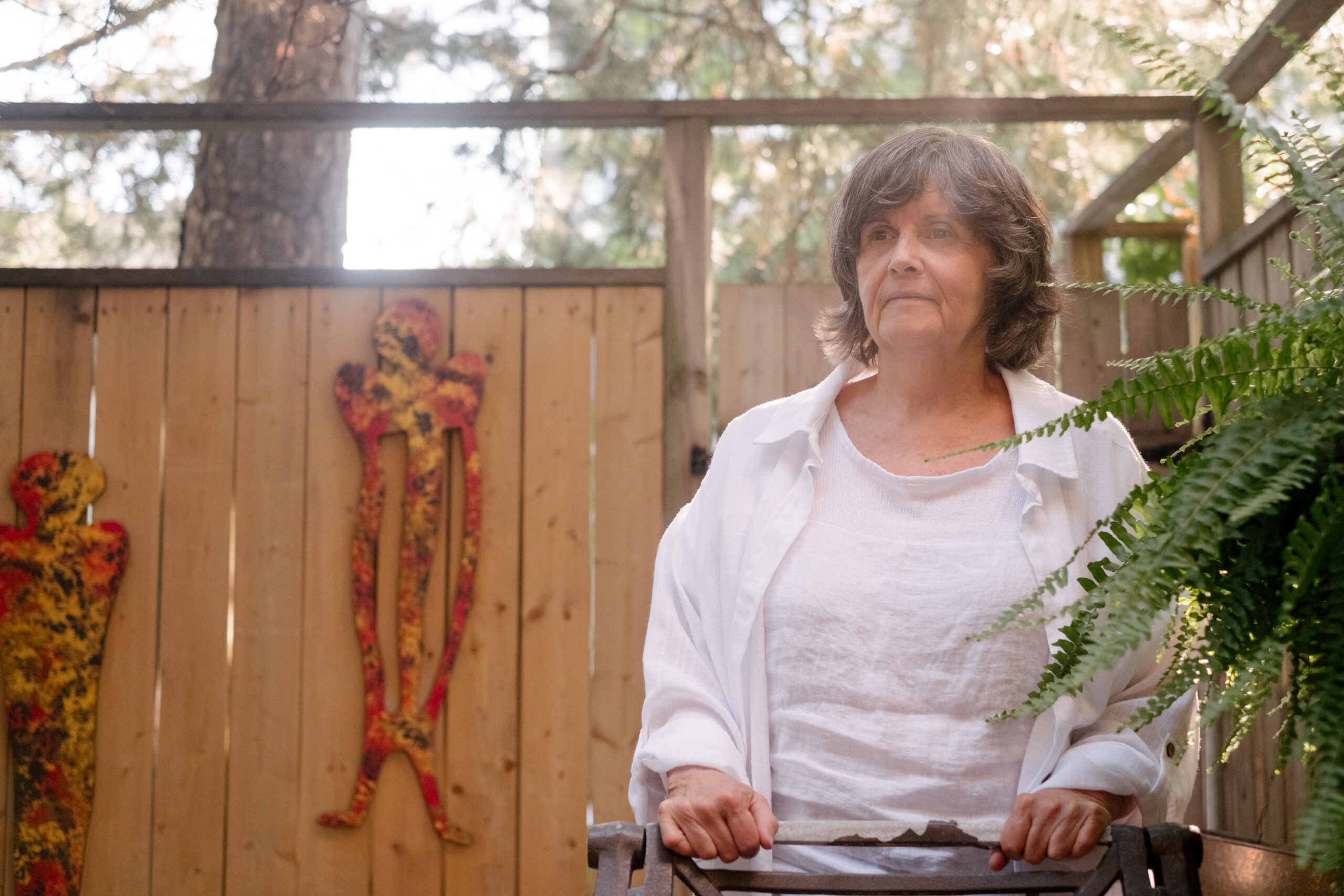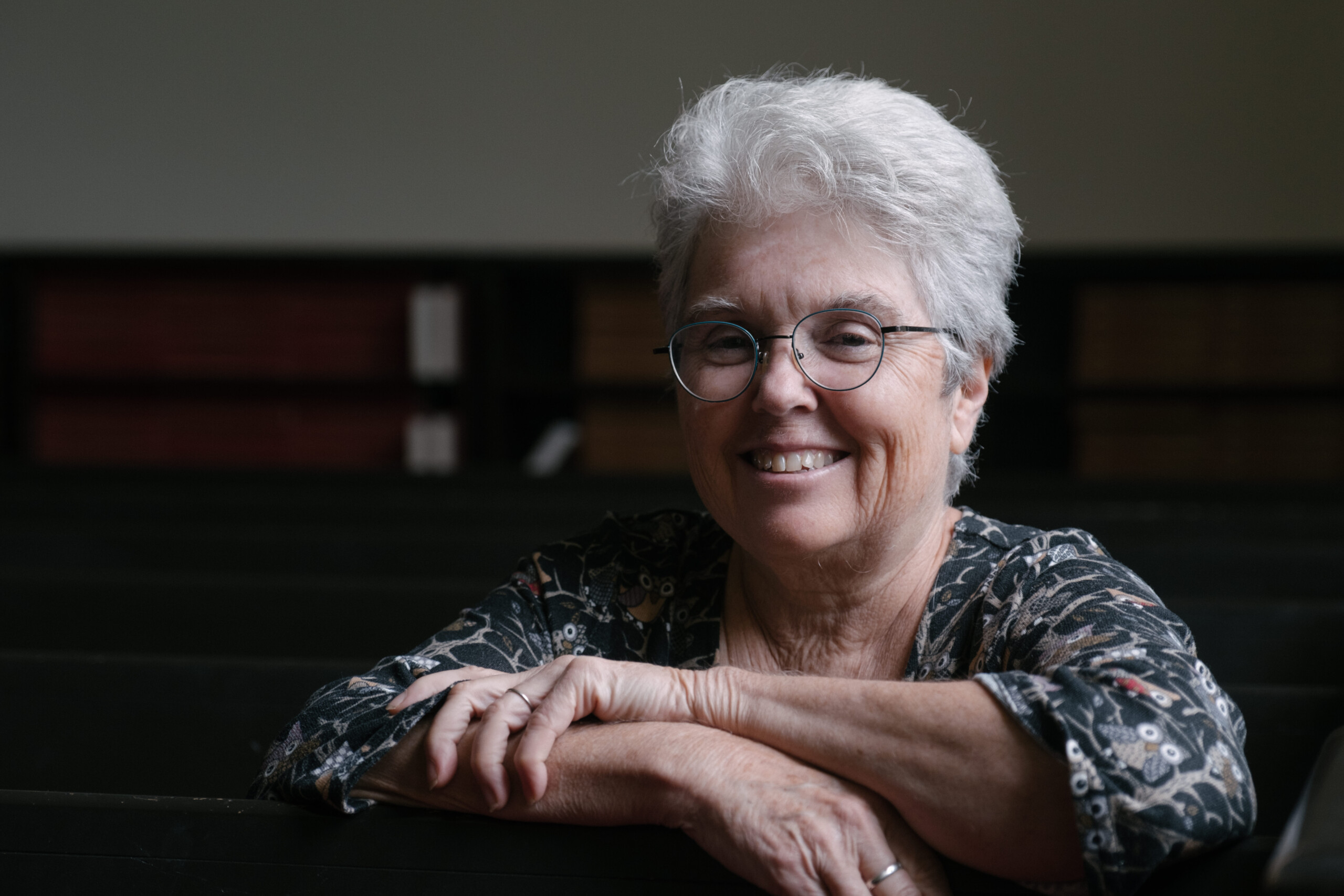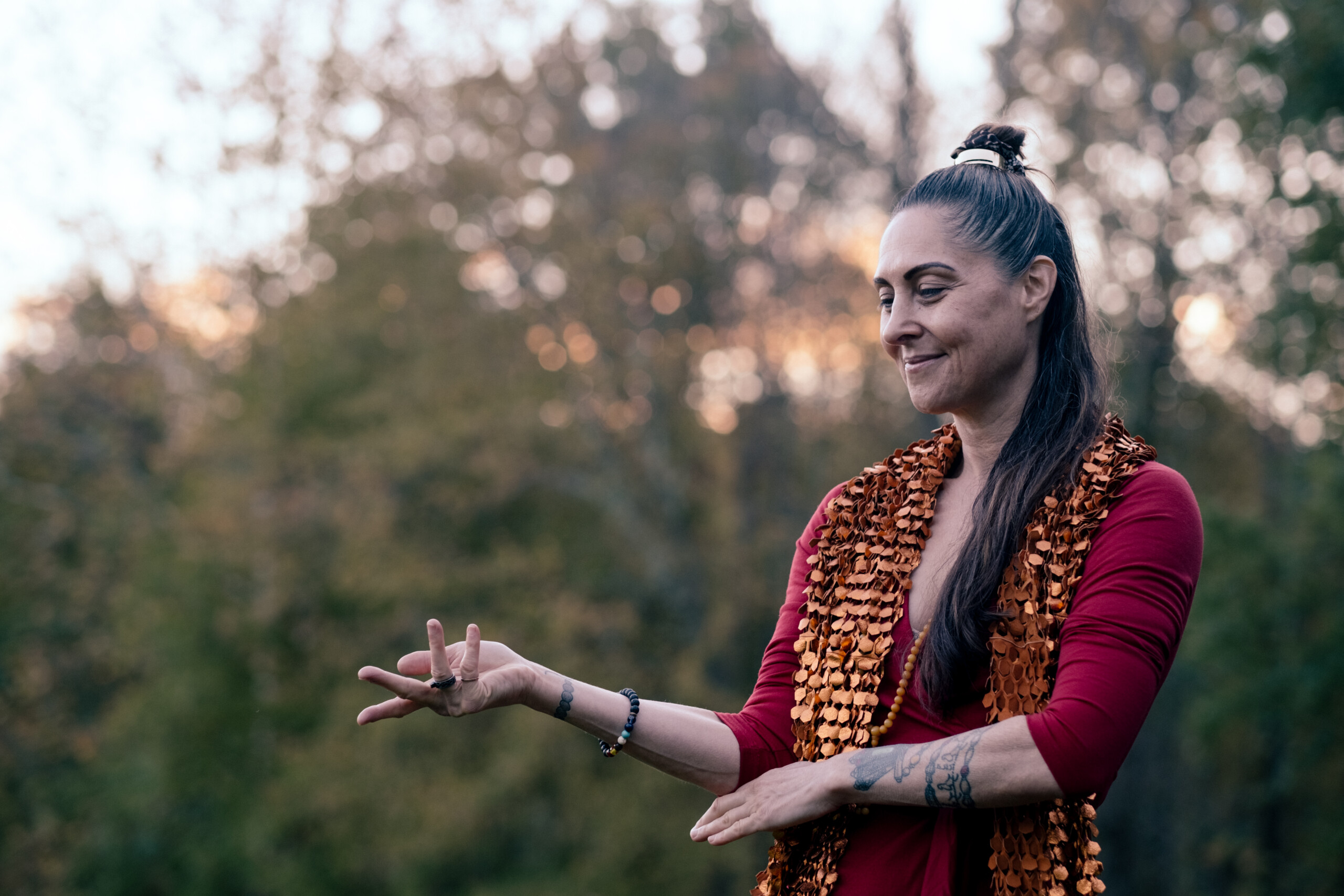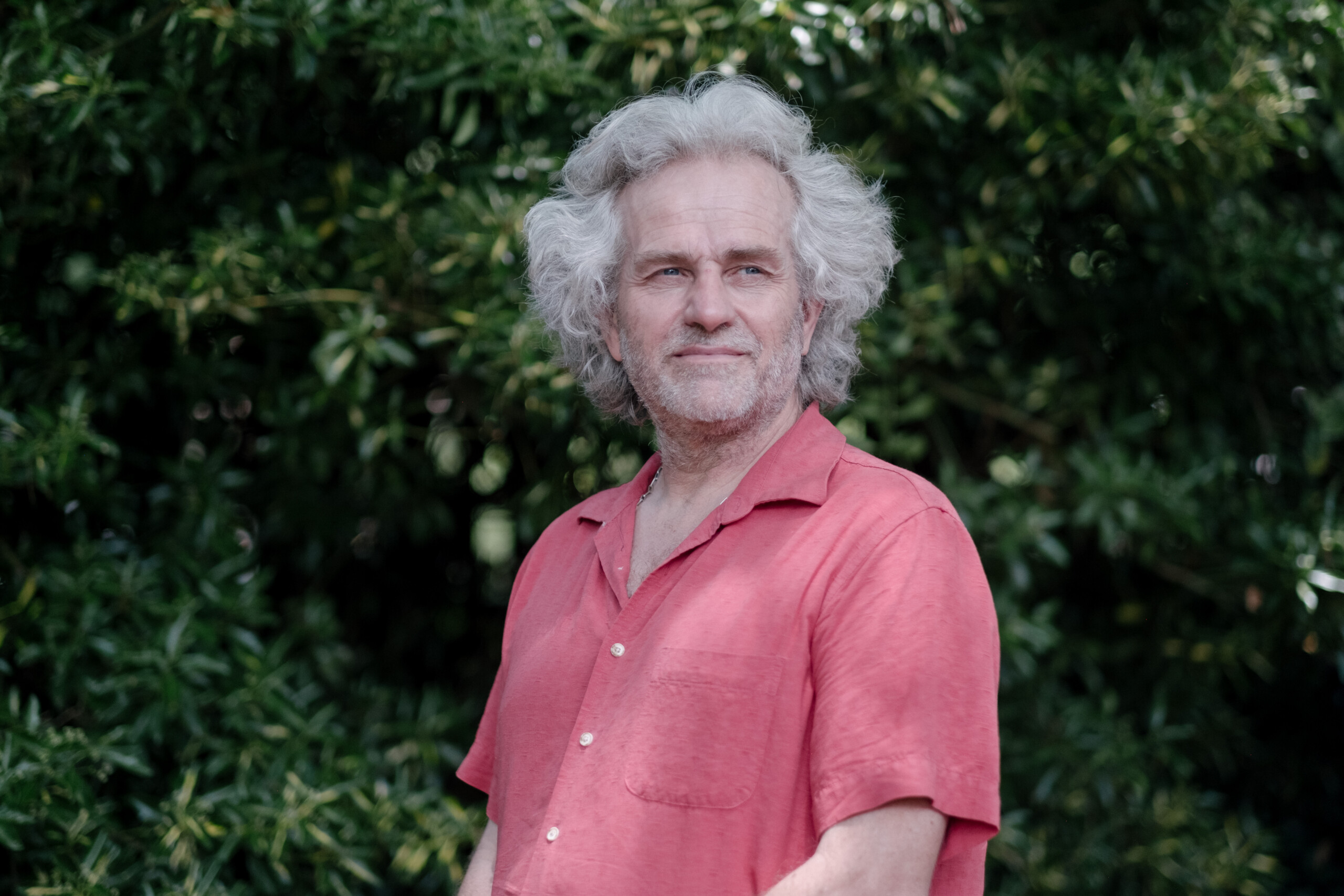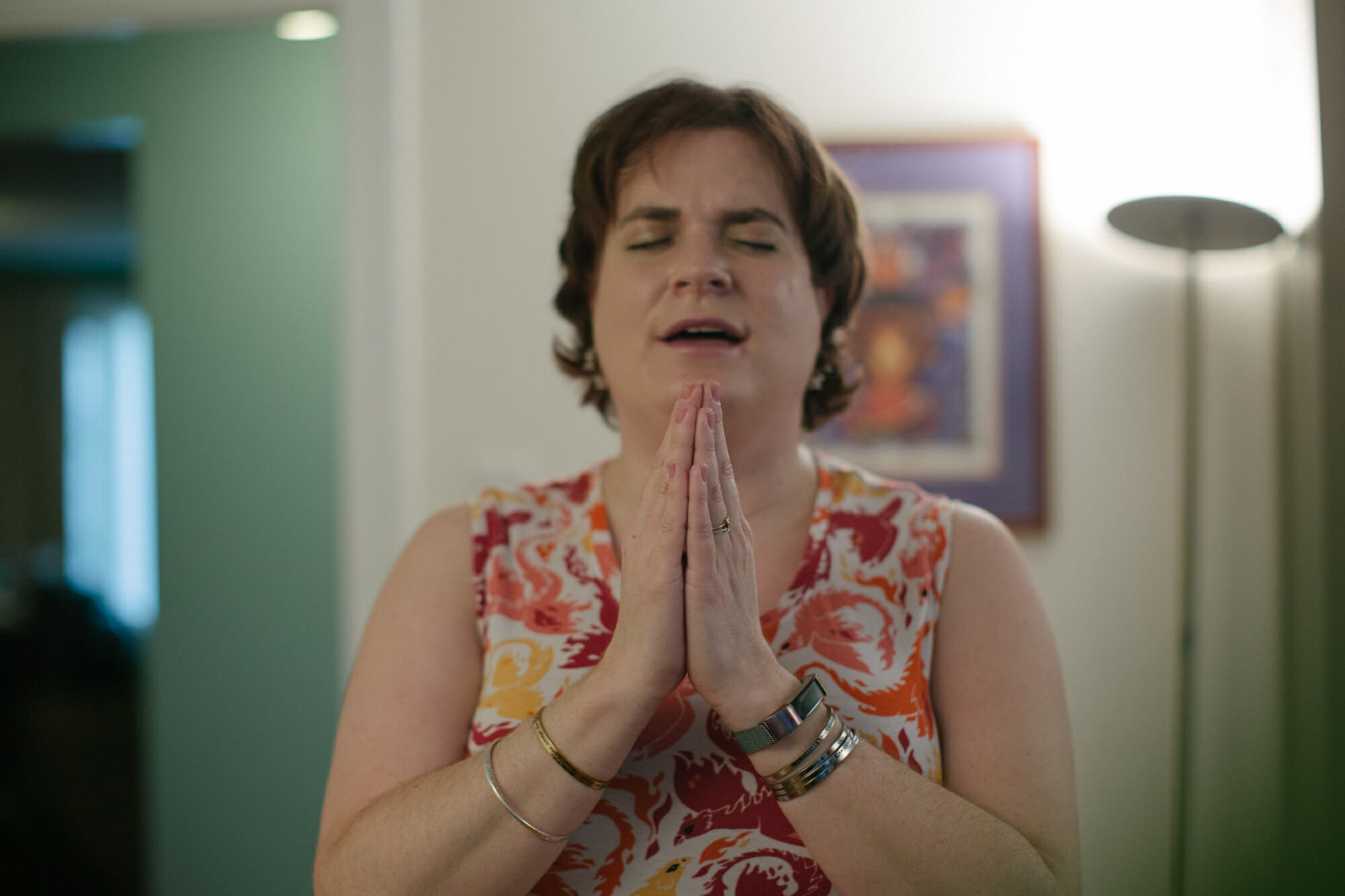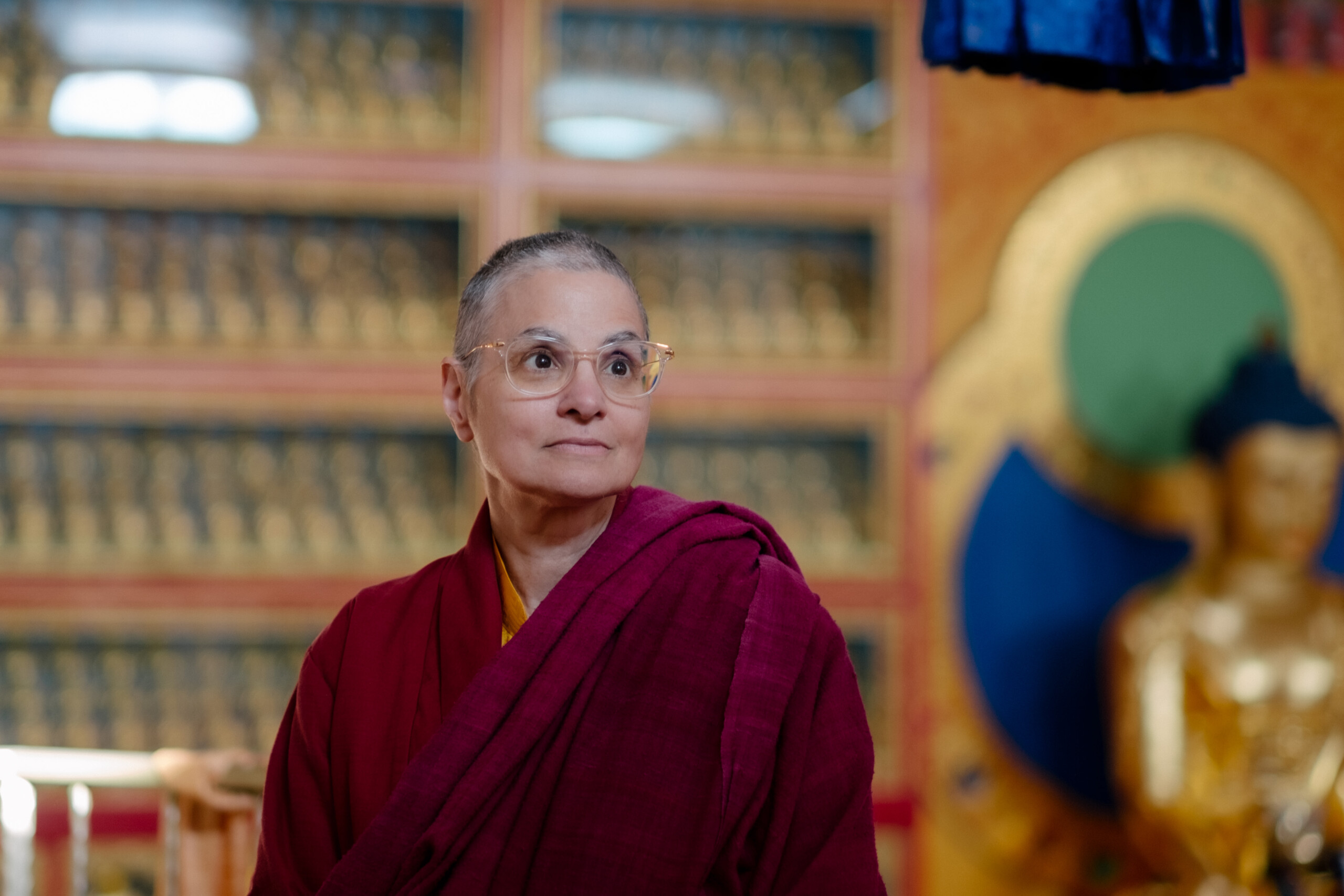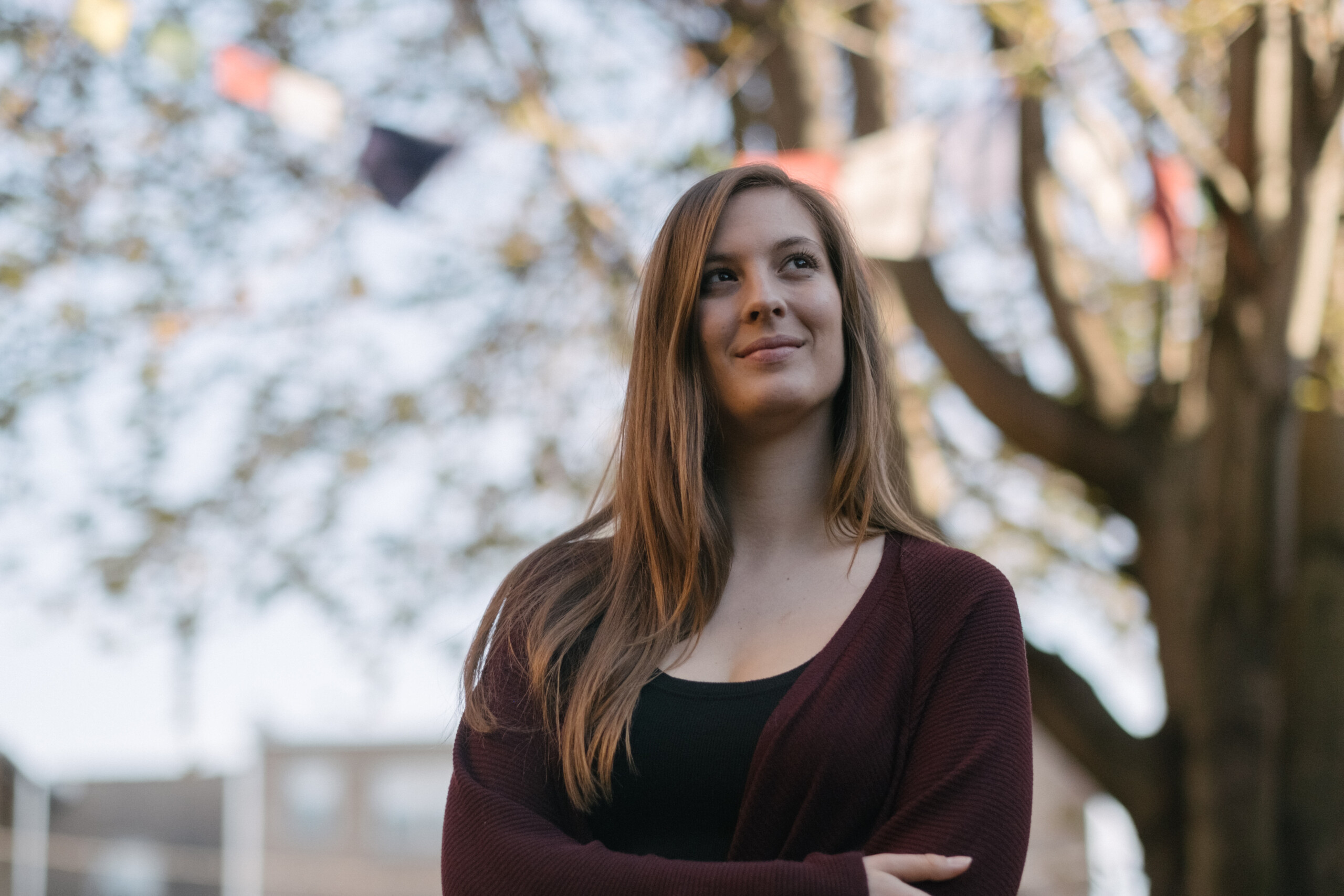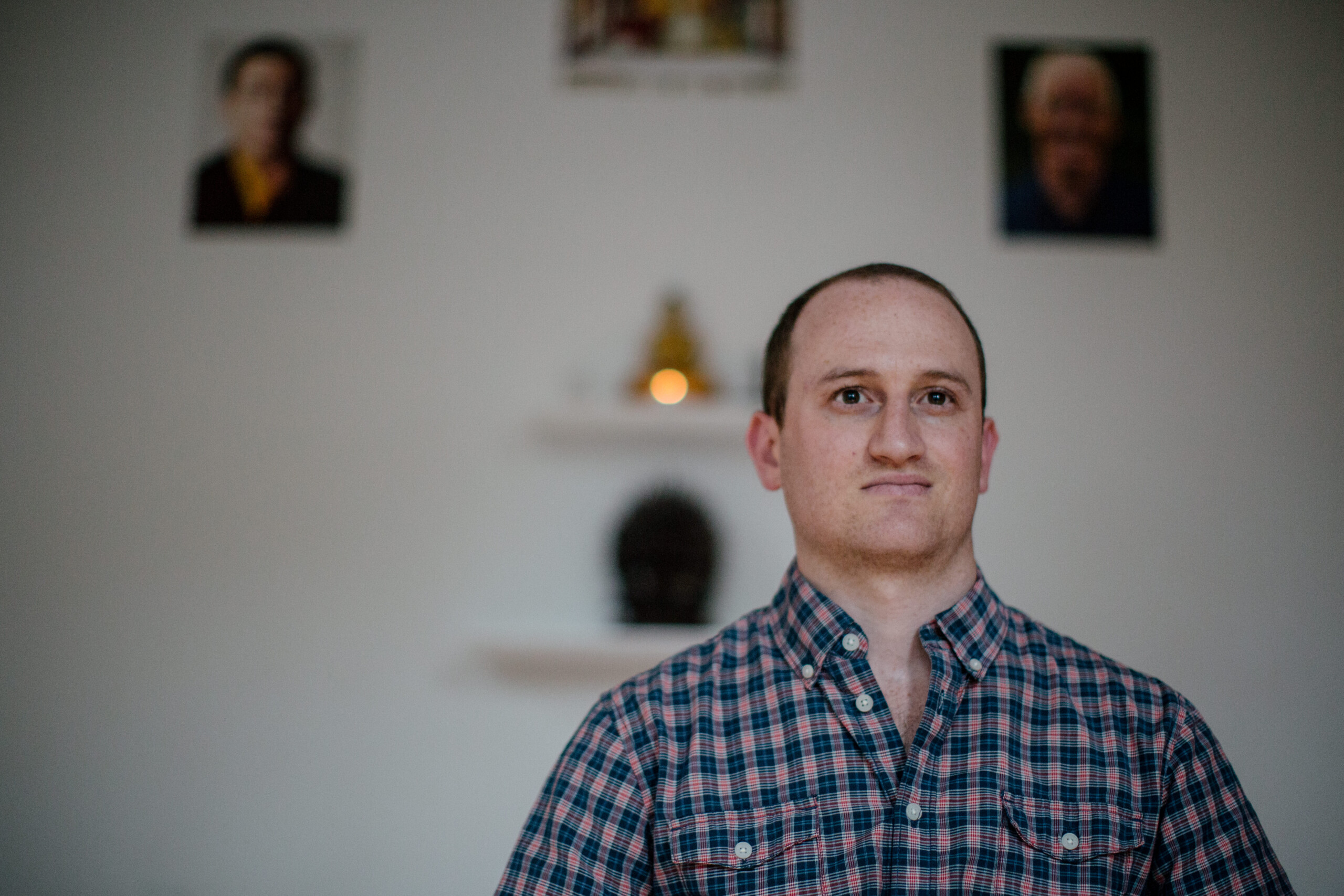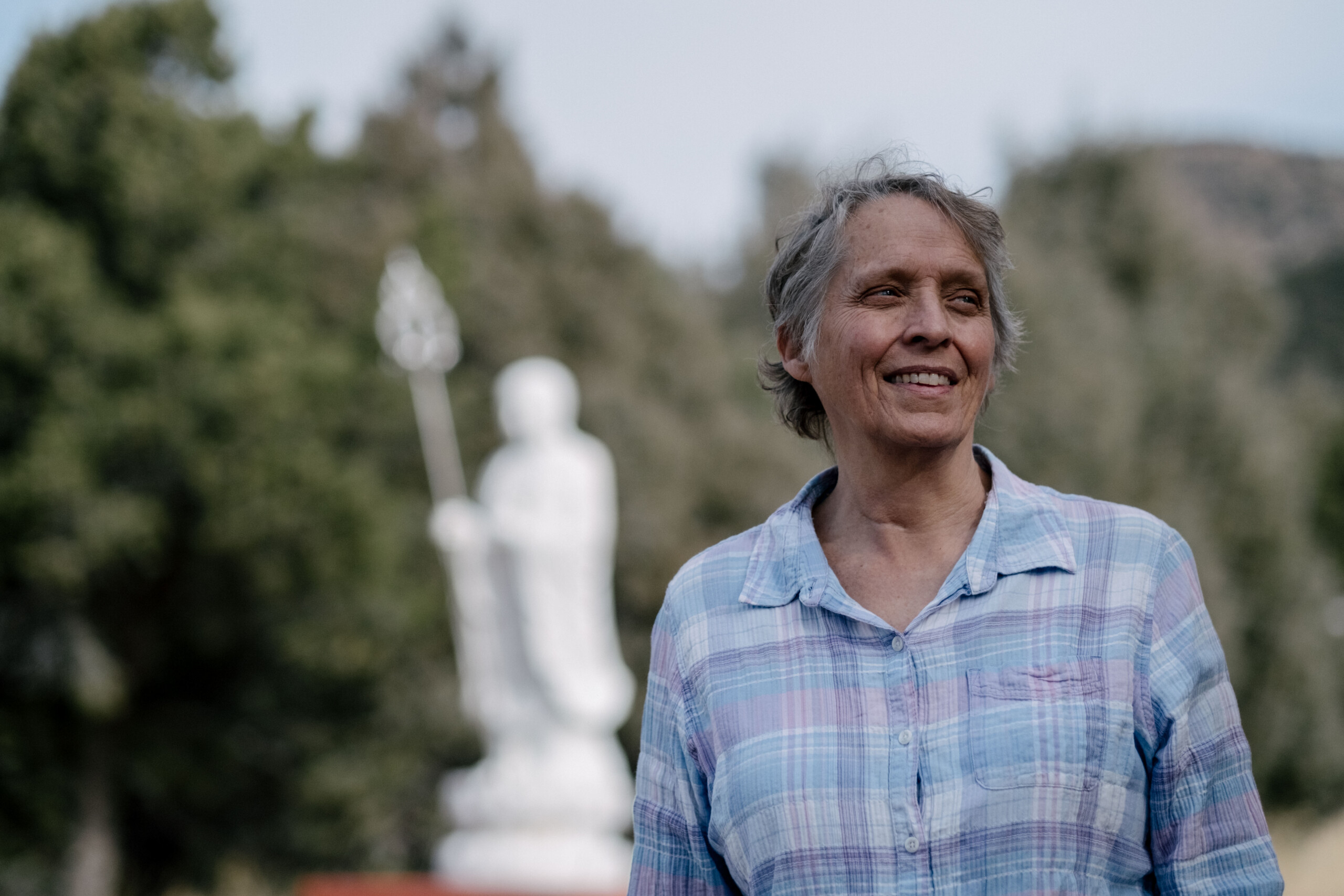Background
Christopher, a devoted father of two boys named Ronan and Teague, leads a multifaceted life. By day, he serves as a corporate instructional designer, investing 40 to 50 hours a week in his professional role. However, his commitment extends beyond the corporate world. In his free time, Christopher is a lay minister at the Salt Lake Buddhist Fellowship, where he holds the position of founding sensei. This fellowship follows the Bright Dawn Way of Oneness, a newer tradition rooted in mid-20th-century modernization efforts within Buddhism.
Christopher’s spiritual journey has been dynamic, shaped by his diverse experiences. Raised Catholic, he cherished the rituals and cultural aspects but eventually explored various belief systems, including Mormonism. Although he immersed himself in the Latter-day Saint tradition, a sense of spiritual disconnection led him on a quest for deeper meaning.
His exploration took him through indigenous religions, shamanic practices, and deep ecology, but Christopher found a profound connection to Buddhism. Inspired by the book “River of Fire, River of Water,” he founded the Salt Lake Buddhist Fellowship almost nine years ago. Dissatisfied with the religious expressions of Zen Buddhism, he eventually discovered the Bright Dawn Way, which resonated with his desire for a compassion-based Buddhism that integrated seamlessly into everyday life.
Christopher’s spiritual philosophy centers on the belief that everything is a teacher of the Dharma, emphasizing that practice extends beyond meditation cushions to all aspects of life. In the Bright Dawn Way, he found a spiritual home that felt like a long-awaited homecoming, where compassion and mindfulness shape his interactions with family, work, and the world at large.
Appeal of the dharma
Christopher, in exploring his spiritual journey, found a profound connection to Buddhism, particularly drawn to its unique perspective on interdependence. Influenced by his experiences with deep ecology, he embraced the concept that everything is ultimately interconnected and codependent in the web of life. This realization deepened as he delved into the Buddha’s awakening experience, where he envisioned the multiplicity of past lives, transcending human existence to empathize with all forms of life.
In contrast to dualistic traditions, Christopher appreciated Buddhism’s emphasis on oneness, a perspective he felt was lacking in other spiritual paths. The matter-of-fact nature of Buddhism, devoid of the concept of sin, resonated with him. Instead of being seen as wicked or disobedient, one’s actions were framed as a result of ignorance—an approach that offered a different way of understanding and addressing personal mistakes.
Impermanence and interdependence emerged as key factors that deeply moved Christopher. While uncertain about what happens after death, he believed that embodying impermanence could enhance the quality of the present life. The acceptance of suffering as an inherent aspect of life, rather than a virtue, also struck a chord with him. He viewed the Buddha’s teachings as stating the obvious, urging individuals to move beyond avoiding or condemning suffering and instead engage with it as a means of growth and understanding.
Christopher found solace in the inclusivity of the Salt Lake Buddhist Fellowship, where individuals with diverse beliefs, from God-believers to atheists, could practice together. The common thread in the community was a shared desire to follow the teachings of the Buddha, seeking transformation and liberation in their own unique ways. The fellowship, for Christopher, became a space where personal beliefs were respected, and the focus remained on the universal principles of Buddhist teachings.
Spiritual Development
Christopher, delving into more formal and traditional Buddhist practices, reflects on the evolving nature of his personal spiritual journey. Christopher’s personal practice has become more formal over time, incorporating silent meditation, the reading of Zen texts, and the use of bells. As he delves deeper into Buddhism, Christopher emphasizes the importance of an embodied practice, finding a connection to the teachings through the drama and theater of ritual acts. Despite the philosophical significance, he needed something more tangible to embody the teachings. Letting go of the need for scientific or literal validation, Christopher plays with the forms, poetry, and imagery embedded in Buddhist rituals.
Encouraging an eclectic approach, Christopher advocates for a regular and consistent practice but believes in the beauty of diverse methods. Drawing from his own experience, he acknowledges the value of an embodied practice, especially for those stuck in their heads. Ritualized practices, such as bowing, become significant tools for awakening, taking individuals out of their minds and grounding them in the present moment.
Christopher expresses a preference for an eclectic and creative approach to rituals, allowing individuals the freedom to personalize their practices. With the freedom provided by their nontraditional lineage, Christopher encourages fellowship members to create their own rituals, promoting a sense of empowerment and freedom in the face of post-religious stress disorder.
Acknowledging the lineage’s field-tested traditions, Christopher believes that, despite individual variations, the core teachings of Buddhism remain robust and enduring. He finds himself naturally gravitating toward more traditional practices as he gains a deeper understanding, highlighting the timeless and universal appeal of Buddhist teachings.
Sangha Development
Christopher, just before the pandemic, reflects on the growth of the fellowship, which averaged 85 to 120 participants on Sundays. The challenge of balancing size and intimacy prompted a desire to cater more to the fellowship’s needs. Foremost in Christopher’s vision was creating a safer space, acknowledging the emotional unsafety prevalent in Western cultural experiences. He draws on the traditional meta-prayer, emphasizing the importance of safety, creating refuge, and allowing individuals to be engaged with the world.
Christopher envisions expanding the fellowship’s offerings beyond Sundays, envisioning Dharma Wednesdays for families, support groups for aging individuals, and spaces for those who have left religious traditions. His grand vision includes potlucks, dances, art shows, and poetry readings. Christopher acknowledges the current limitations in volunteers but believes that if the space is created, people will engage.
He emphasizes the power of compassionate listening, a foundational practice, and challenges the expectation of perfection within spiritual communities. Christopher aims to redefine the role of a teacher in the tradition, focusing on continuous learning, humility, and consistent presence. He envisions a community where everyone is both a student and a teacher, with a shared language and understanding.
Christopher dreams of creating a future sangha that can be replicated, empowering people to start their own if they move elsewhere. While success in awakening is nuanced and challenging to define, he sees the fellowship’s success in diminishing suffering for its community members. Christopher expresses a desire for deeper growth and a shared intention to be less on the surface of things and more in tune with the vibration of all things.
Reflecting on his own motivations, Christopher recognizes a shift from doing things for personal importance to a sense of duty and commitment. He contemplates the paradox of freedom, realizing that true freedom might be found in having no choice but to be oneself. Christopher explores these ideas as koans, acknowledging the complexity of their meaning and the continuous journey of understanding.
Buddhism in the West
Christopher reflects on the widespread misconception that meditation is synonymous with Buddhism, challenging this notion by highlighting the historical reality that meditation was not universally practiced before the 1900s. He emphasizes the importance of understanding that one can be a Buddhist without necessarily being a meditator, encouraging a broader embrace of Buddhism beyond meditation.
Addressing challenges, Christopher notes a tendency for some practitioners to view meditation as a measure of being a “good” Buddhist, creating a potential barrier for those not naturally drawn to meditation. He advocates for a more inclusive approach, where individuals can adopt Buddhist principles in various ways, such as following the precepts or the Eightfold Path, without necessarily engaging in formal meditation.
Christopher identifies a broader challenge related to a Western ethnocentric bias, critiquing the prevalent representation of predominantly white teachers in Buddhist magazines. He expresses frustration with the insistence on packaging Buddhism in a scientific framework, asserting that the richness of Buddhist traditions, including rituals like bowing and the use of incense, should be valued rather than dismissed.
Another challenge Christopher addresses is the post-religious stress disorder, where anything resembling religion is often rejected. He notes a Western tendency to impose a specific cultural framework on Buddhism and criticizes the elitism that undermines traditional Asian practices. Christopher underscores the importance of recognizing and respecting diverse entry points to the Dharma, whether through secular groups, mindfulness practices, or traditional Buddhist rituals.
In his own nontraditional Buddhist group, Christopher observes a delicate balance, where mutual respect allows for coexistence of diverse beliefs and practices. He highlights the core values that unite practitioners, such as compassionate action, interdependence, impermanence, and non-self, emphasizing that the common ground should be more significant than the differences that often create divisions in various contexts.
Come as your are
Christopher reflects on the core teachings of their tradition, emphasizing the significance of the four noble truths, the eightfold path, the five precepts, and the bodhisattva vows. He particularly underscores the impossibility of the bodhisattva vows, highlighting their perpetual nature that demands ongoing practice.
Initially, Christopher attempted to structure the fellowship as a Zen Buddhist dojo, but he found this approach limiting. He delves into the meaning of the Amitabha chant and the phrase “come as you are,” recognizing its power as an invitation that allows individuals to be present without the burden of expectations. He explores the idea that the compassionate Buddha, often depicted standing up, is actively moving toward individuals.
The intentional translation of “now more amenable to” signifies an intentional shift in perception. Christopher shares a poem encapsulating the essence of their practice, emphasizing acceptance as the starting point for transcendence and freedom. He discusses the challenges of familial trauma in Western society and the universal need for an invitation to come as one is.
Christopher envisions the fellowship as a place where individuals can attend to themselves and others just as they are, fostering action rather than passive acceptance. He acknowledges the impact of marketing and intention in making the concept effective. The fellowship’s inclusivity extends to individuals of any faith or those without a Buddhist commitment, emphasizing the importance of the intention behind the “come as you are” invitation. Christopher concludes by expressing uncertainty about the long-term effectiveness of their approach, drawing on the concepts of the relative and absolute.
Fruit of Practice
Christopher reflects on the theme of resilience in the context of emerging from a nearly three-year pandemic. He highlights the transformative capacity to face challenges with less reactivity, showcasing a newfound ability to be present in difficult moments. Christopher emphasizes the subtle, daily awakenings experienced through his practice, recognizing moments of grace and cultivating equanimity.
The practice has led Christopher to a state of radical okayness, where even in challenging situations, he feels a calm and grounded sense of being okay. He shares his personal journey of overcoming addiction to the self-conception of being a martyr, realizing that this narrative was a story imposed by others. Embracing the teachings of the Buddha allowed him to let go of the martyr identity and find a groundedness in life that was previously absent.
Christopher explores the trap of “idiot compassion” within some Buddhist circles, acknowledging that becoming a Buddhist doesn’t mean relinquishing a rich emotional life or avoiding compassionate anger. He shares a poignant story about acknowledging and apologizing to maggots while washing them down the drain, illustrating a newfound connection to interdependence. Another story involves him rescuing worms after a heavy rain, reminiscent of the starfish story, demonstrating a deepened compassion that he attributes to his Buddhist practice.
Ultimately, Christopher expresses gratitude for the teachings of the Buddha and the Sangha, noting that his journey has allowed him to become more open to asking for help—a significant shift in his approach to life. He recognizes the freedom that comes with acknowledging one’s limitations and being receptive to the teachings of Buddhism.
Lineage
Christopher grapples with the challenge of infusing more committed, traditional practice into the fellowship he leads. He expresses a longing for a Zen center with a Roshi, sesshin, and a dedicated space for morning meditation. While the fellowship incorporates meditation into its gatherings, Christopher desires a more immersive and formal practice for members. He envisions a temple where practitioners can engage in Zen-style meditation, chanting, Metta, walking meditation, and other forms of practice.
The fellowship started a successful morning meditation practice on Zoom during the pandemic, attracting a dedicated group. Christopher acknowledges the intimacy fostered by collective meditation but highlights challenges, such as cliquishness and spiritual materialism, that arose within the Zoom community. Despite these challenges, he recognizes the importance of providing opportunities for diverse practices to cater to the varied preferences of members.
Christopher emphasizes the significance of retreats as a concentrated and focused practice, akin to a religious Super Bowl. Retreats incorporate silent meditation, zazen, chanting, walking meditation, and compassionate listening. He shares the profound impact of retreats on participants, fostering a deepened appreciation for the practice and a sense of intimacy. Sunrise meditation during retreats symbolizes a transition from the mundane world to the world of Dharma practice.
Reflecting on the impact of Zoom, Christopher notes a shift where some members started viewing him as a guru or Zen master, a dynamic he finds uncomfortable. He misses the in-person laughter and camaraderie that characterized fellowship meetings and recognizes the challenge of maintaining human connection in a virtual space.
Christopher rejects the notion of a traditional teacher-student hierarchy within the fellowship and promotes the idea of spiritual friendships. He values the down-to-earth nature of the fellowship, characterized by self-deprecating humor and a sense of camaraderie. Despite the challenges posed by the evolving landscape of virtual engagement, Christopher remains committed to providing diverse opportunities for practice and fostering genuine connections within the fellowship.
Sangha
Christopher delves into his understanding of sangha as a practice. He shifts the traditional notion of the pure land from being a distant place to conceptualizing it as the sangha itself, emphasizing that the transformative and blissful space is within the community. Christopher’s evolution in the Buddhist tradition involves a transition from traditional aspects to a manifestation centered on sangha as a form of practice.
He reflects on his personal journey through various meditation practices and underscores the significance of sangha as a transformative force. In his fellowship, the practice goes beyond meditation, incorporating elements like compassionate listening and open sharing. During these sessions, participants share without receiving advice or comments, creating a space for acknowledgment through bows. Christopher highlights the communal practice as a “rock polisher,” smoothing out rough edges and challenging preconceptions.
The narrative touches on the profound impact of being part of a community, noting its role in peeling back layers of personal stories and helping individuals see the world more objectively. While meditation is integral, Christopher emphasizes that community engagement is equally crucial. He shares experiences of holding space for individuals in moments of vulnerability, from comforting those in tears to supporting people in recovery. Christopher acknowledges the challenges in Western Buddhism, where sangha often becomes a secondary consideration after Dharma and Buddha.
Reflecting on the potential of moving to a new location, Christopher wonders how his practice might evolve without the same sangha connection. He expresses the limitations of virtual sangha compared to the profound intimacy found in silent companionship, where merely sharing breath for hours creates a sense of deep connection and familiarity.
Motivation
Christopher reflects on the theme of compassion within the community over the past three years. He acknowledges the challenge of extending compassion, emphasizing that it’s sometimes easier to feel compassion for a maggot or a worm than for someone who may be attacking you. The community, diverse for Salt Lake City standards, includes LGBTQ individuals, Latinos, and African Americans. The fellowship actively engages in social justice efforts, including participation in Black Lives Matter activities.
Christopher delves into his personal understanding of compassion, recounting a pivotal moment with his wife when he realized that his compassion was initially driven by self-interest, seeking a favorable outcome for their relationship. He emphasizes the shift in perspective that true compassion involves recognizing another person’s suffering independently of one’s desires or expectations.
The practice manual includes a profound statement on compassion that the community recites every Sunday. It emphasizes the absence of respect, disrespect, responsibility, judgment, anger, bias, or prejudice in compassion. The focus is solely on understanding and alleviating the suffering of others, detached from personal agendas.
Christopher shares an affirmation or prayer about compassion borrowed from Robert Aitken, highlighting the transformative power of even the briefest moments of compassion. The fellowship aspires to move towards a physical sangha to embody compassion through various activities such as hospice work, aiding the homeless, feeding those in need, and participating in suicide prevention efforts. Christopher emphasizes the importance of not viewing people as projects but engaging in compassionate action as brothers and sisters. He advocates for the courage to look directly at suffering, asserting that Buddhism is a path for warriors who have the strength to witness and address suffering in the world, emphasizing that compassion doesn’t always have to involve grand gestures but can manifest in the smallest acts of kindness in everyday life.
Rituals
Christopher reflects on his approach to teaching within the fellowship, highlighting a unique stance he has maintained. Unlike some fellow teachers who address those experiencing trauma when leaving their family tradition by stripping away rituals, Christopher has embraced ritual as an integral part of practice. In the early days of the fellowship, there was resistance to bowing, altar adornments, flowers, and chants. Christopher remained steadfast, suggesting that individuals were free to choose and attend other Buddhist centers if these practices did not align with their preferences.
He shares a story about a young participant who initially hated bowing but later chose to perform the tea ceremony and go for refuge. Christopher faced a moment of hesitation in assigning the Dharma name “One who boasts the sun” due to the participant’s aversion to bowing. Eventually, the participant, waking up to the rising sun on a retreat morning, spontaneously bowed to the sun, revealing a transformation that deeply moved Christopher. He reflects on his initial hesitation and realizes the importance of embracing rituals for personal growth and transformation.
Christopher encourages participants not just to observe but actively engage in rituals, as he believes this is the way to overcome resistance and discover the personal meaning behind these practices. He emphasizes that meditation alone is not virtuous and that a more robust tradition, including rituals, contributes to a transformative daily practice.
Student Teacher Relationship
Christopher shares his approach to teaching within the Buddhist tradition, emphasizing the concept of spiritual friendship rather than formal teacher-student relationships. He draws inspiration from the Bright Dawn Way of One Buddhism, highlighting the teachings of influential figures such as Igaruguru and Reverend José Cobo Say. Reflecting on the transformative power of studentship, Christopher explores the shift in perspective from seeing the Buddha as a teacher to recognizing the Buddha as a devoted student, displaying humility and a commitment to learning.
The narrative delves into the experiences of Enron Shinran, a dedicated priest in the ten-day tradition, who left and started a Pure Land-focused practice. Christopher appreciates the emphasis on foolish being and humility in Shinran’s teachings, contrasting this with some challenges observed in American Buddhist teachers who claim high levels of awakening. He acknowledges the authenticity and vulnerability in embracing one’s delusion and openly walking the path of self-improvement, drawing parallels between his journey and the teachings of Shinran.
Christopher shares the communal practice in his fellowship, encouraging a spirit of openness and vulnerability among practitioners. He underscores the importance of acknowledging imperfections and embracing the journey together, emphasizing the value of freedom from the need to be perfect. Christopher reflects on his evolving role, initially seeking the title of Sensei for credibility but later embracing the title of friend, emphasizing that the essence lies in being a mirror rather than a perfect teacher.
He highlights the paradox of awakening, emphasizing the interdependence of individuals on the path, drawing support from Bodhisattvas and the Buddha. Christopher expresses hope that the positive lessons learned in their community will extend beyond to friends, families, and children, creating a ripple effect of positive karma.
Teachers
Christopher reflects on the challenges and expectations placed on spiritual teachers, drawing from his experience with Reverend Coyote, who established the Bright Dawn Way of Oneness to carry on his father’s legacy. While acknowledging the frustration and human aspects of his teacher, Christopher questions the relevance of personal flaws to the teachings of the Dharma, emphasizing that being human is separate from embodying the Dharma.
He observes a Western tendency to place teachers on a pedestal with unrealistic expectations, possibly stemming from historical clergy abuses and inherent issues within the priest-congregation relationship. Christopher explores the dichotomy of Westerners following spiritual leaders while claiming belief in science, illustrating the complexity of these relationships.
Referencing figures like Trungpa, Christopher appreciates certain teachings while critiquing aspects like spiritual materialism, emphasizing the need for continual self-awareness. He expresses personal comfort with the idea of a guru or roshi, referencing figures like Honan, Shimron, and Sato Suzuki Roshi. However, he recognizes that the guru-roshi relationship doesn’t align with their fellowship’s tradition, encouraging individuals to find what works for them.
Christopher shares his personal journey toward accepting the concept of the salvific Buddha, acknowledging the place for seeking salvation and highlighting the importance of critical examination. He stresses the significance of legitimate and exemplary teachers, cautioning against getting caught up in trivial matters.

